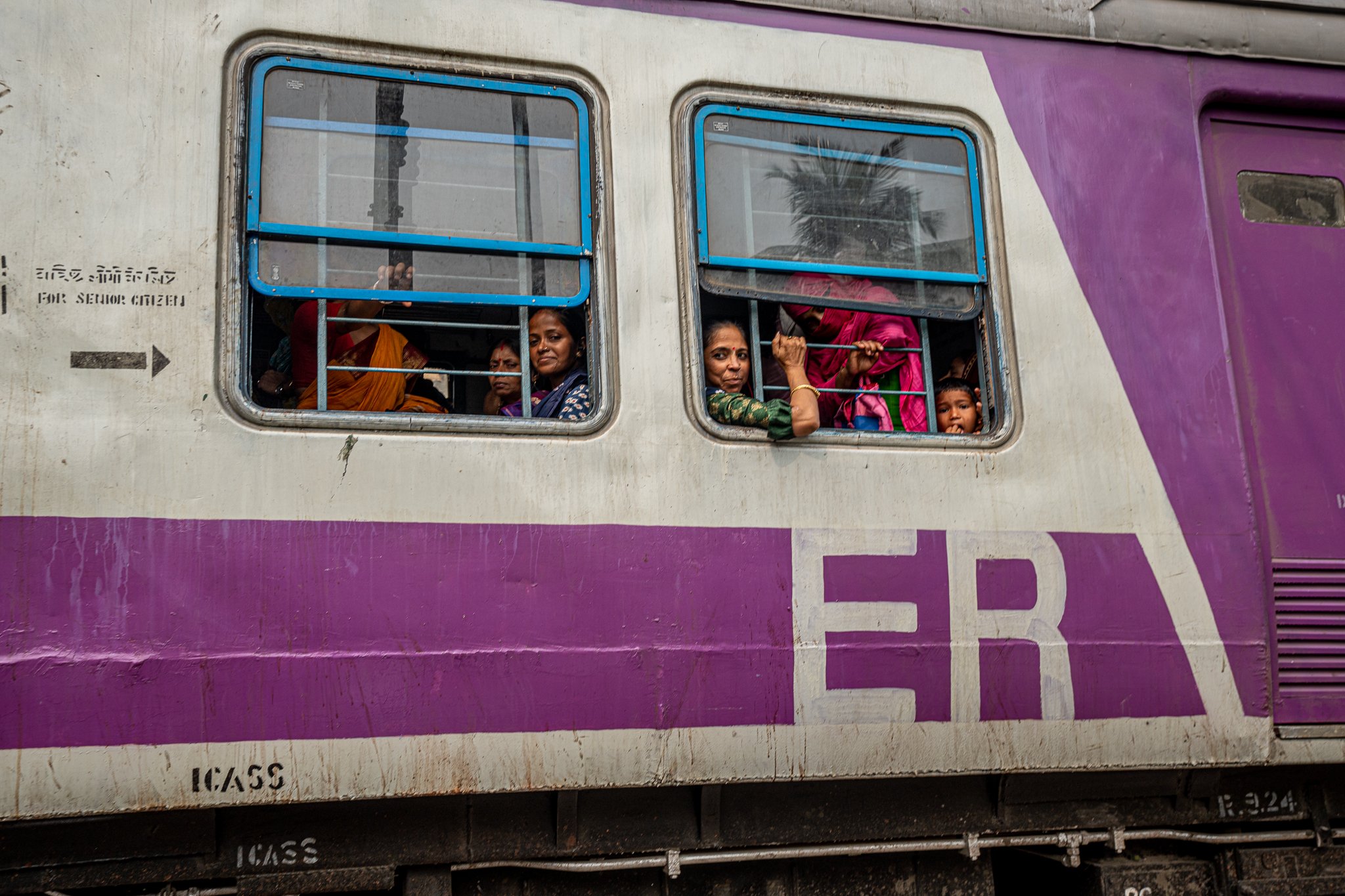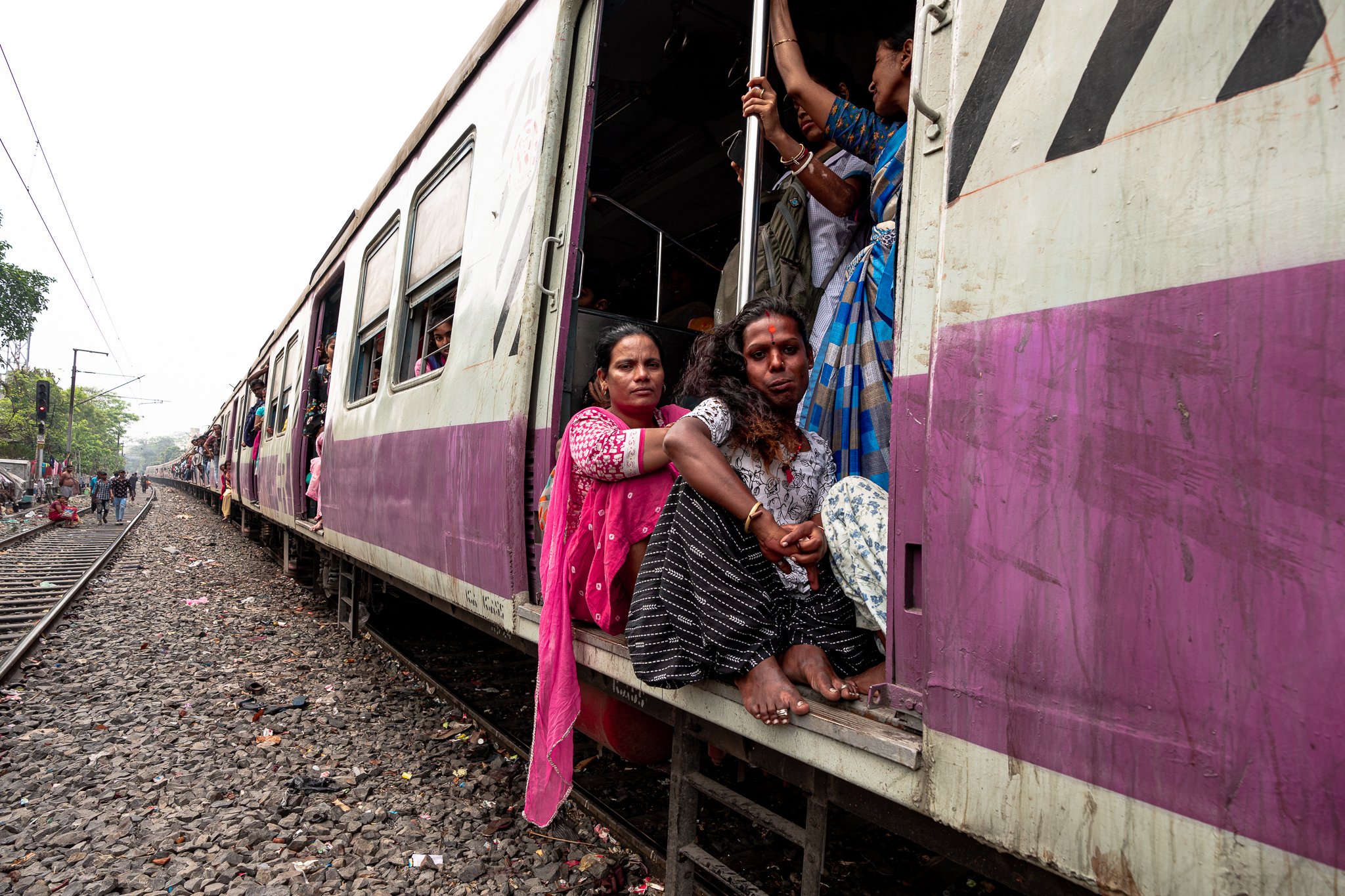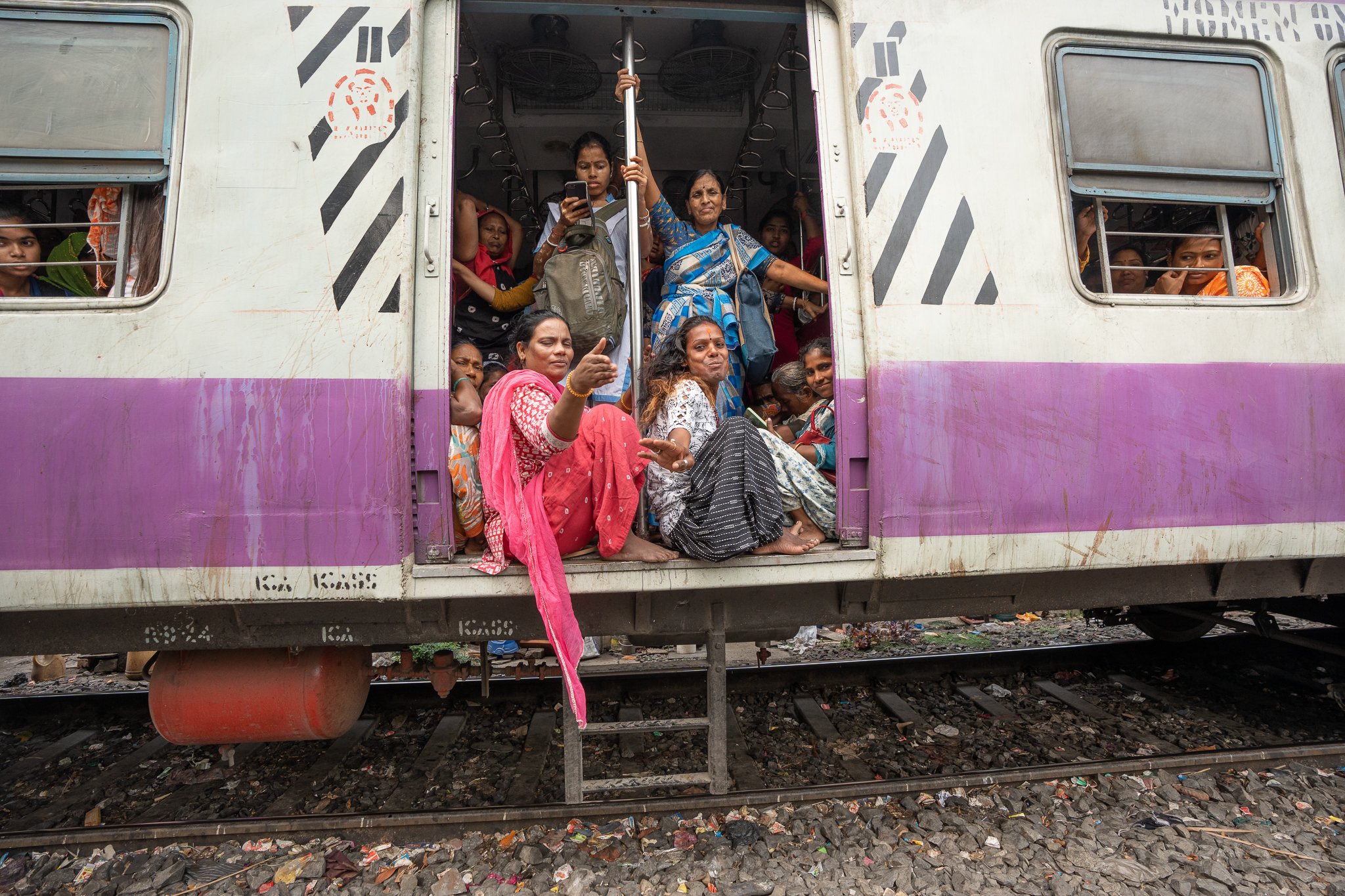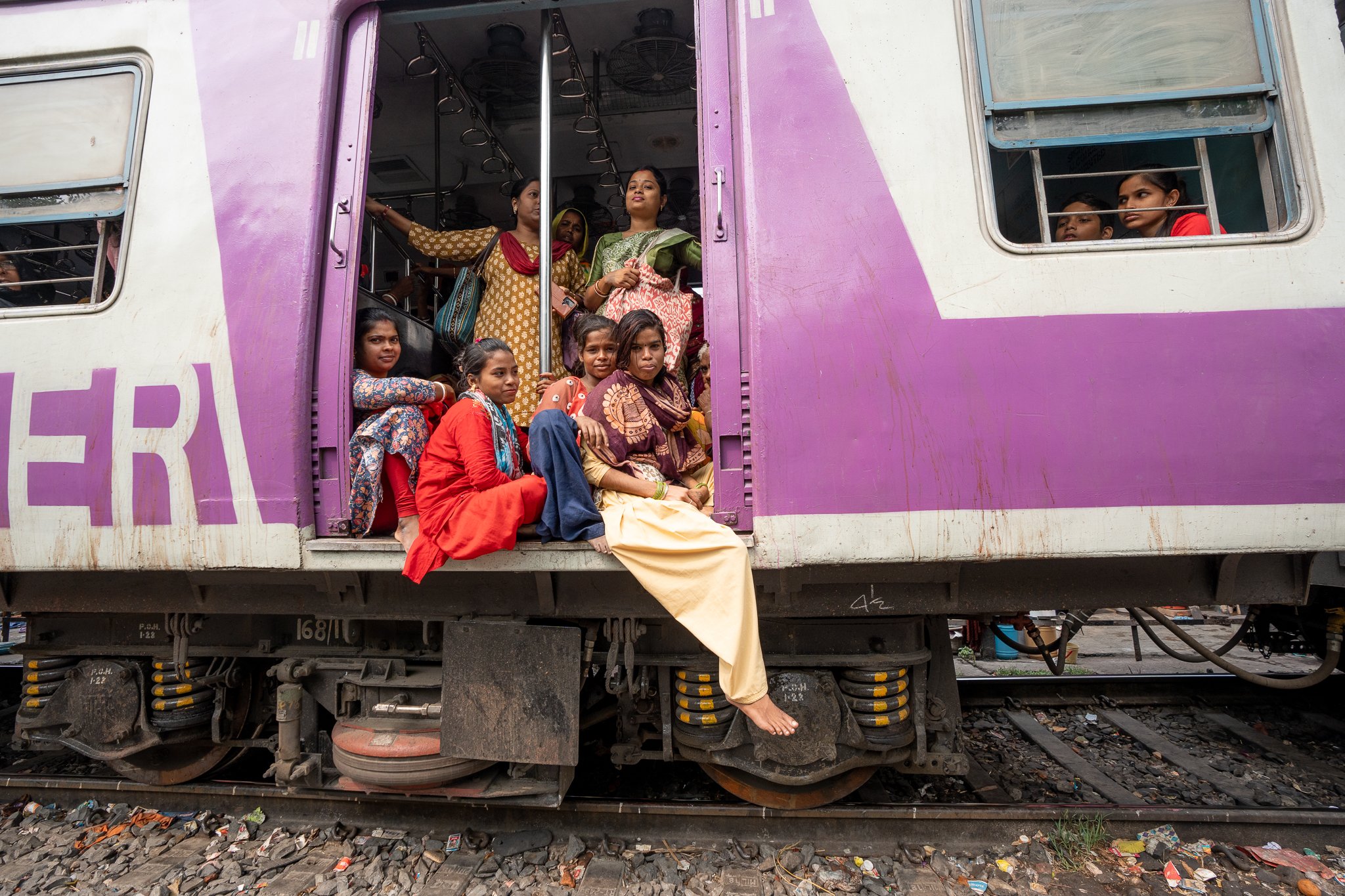The houses near the tracks
by Miki Shauder
I agreed to publish this photo shoot in its entirety, with so many images because I think Miki wanted to show a reality, so difficult for many of us to understand, used to comfort and so many useless luxuries. On the one hand his reportage shows us images of absolute poverty and on the other it offers us such joyful expressions.
This is the true spirit of a street photographer, who doesn't look for images for the sake of the image, but wants to show us reality and make us think, both about good things and bad things. Thinking is what we should all be doing when we look at an image, rather than have the photo safari spirit. As one of our photographers says, in some countries it is easy to find images ... this time without any filter.
peace and love
B.
In Calcutta, I searched the neighbourhood where people live on the railroad. This is one of the poorest and most overpopulated neighbourhoods of this city, where many hundred thousand of homeless people live on the streets. Getting to know this neighbourhood which is called Anand Nagar, the City of Joy, got me thinking. I come from a different culture but I could clearly see the happiness in the eyes of the railway people in spite of their poverty. It would be nice to see this joy in the eyes of all humans. I believe that a street photographer must face these realities with a different eye, and ask himself many questions. I've tried.
There is a very famous book that talks about the city of joy, it's a novel, but it tells of true stories.
The train passes every few minutes in the morning, during which the railroad people lead their lives, brush their teeth, wash their faces, prepare breakfast and wash the dishes.
The houses are a bedroom only, a bamboo ladder and ropes used to climb to the second floor where the small children usually sleep. And inside the small shrines, there is a small temple for prayer.
The trains pass a tiny touching distance from the house and the living area. In crowded areas, there is a small separation fence, and in other areas, the house is right on the tracks without any separation.
At the same time, on the train, people stand at the doors and in the aisles, whether on their way to school or work and look at their homes and the people on the track.
The bags are hung outside the train on the windows to save space.
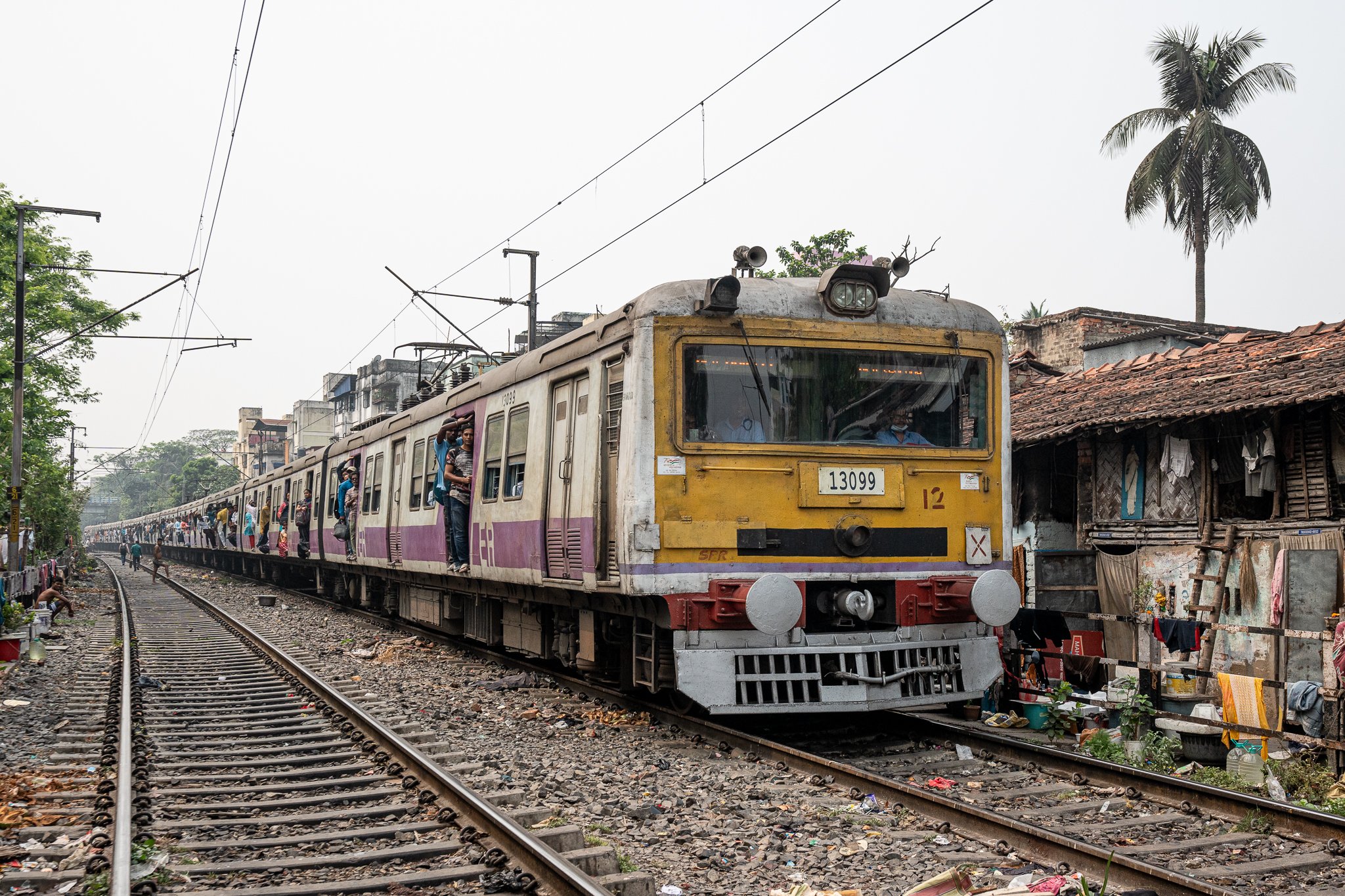
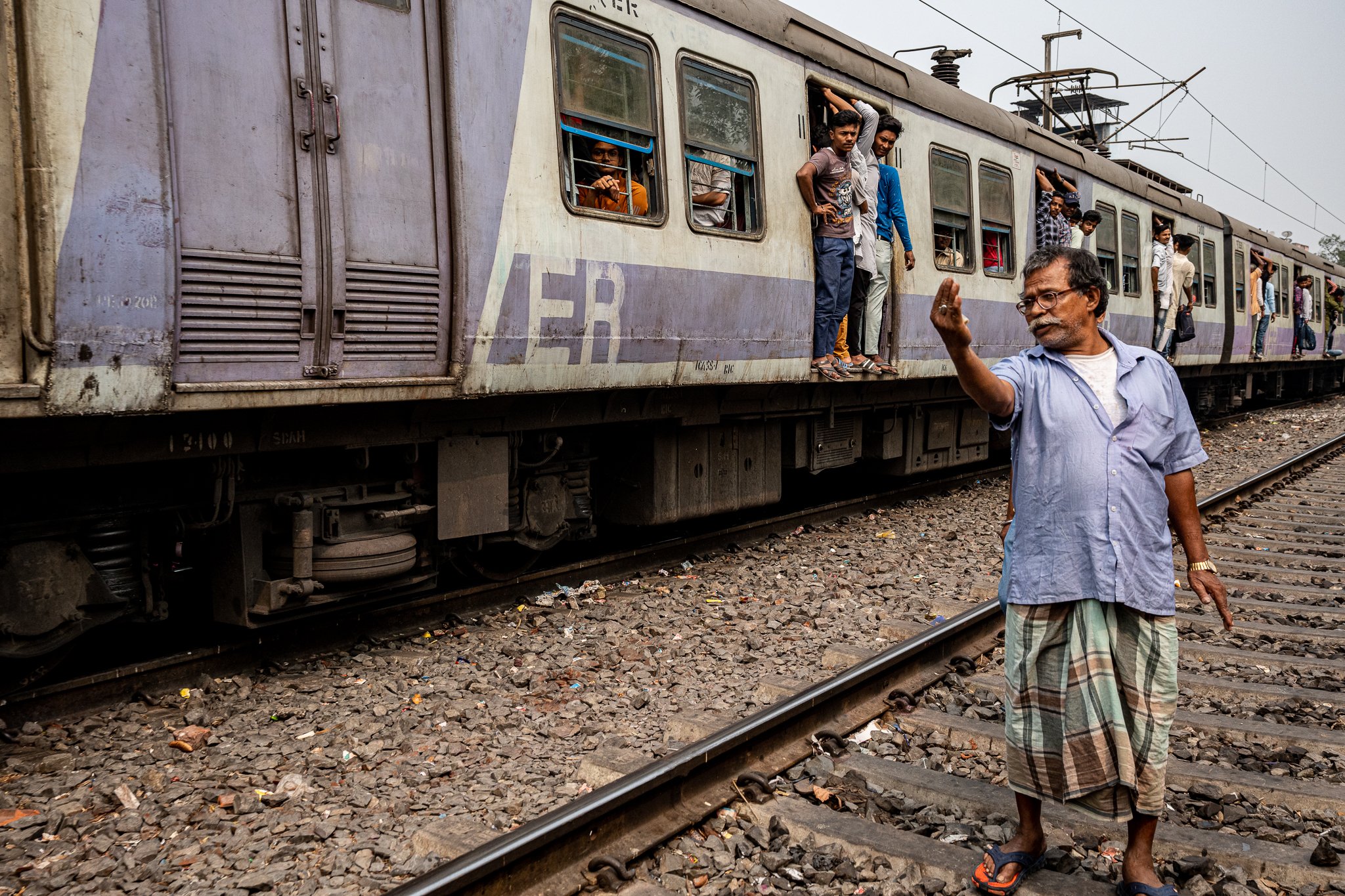
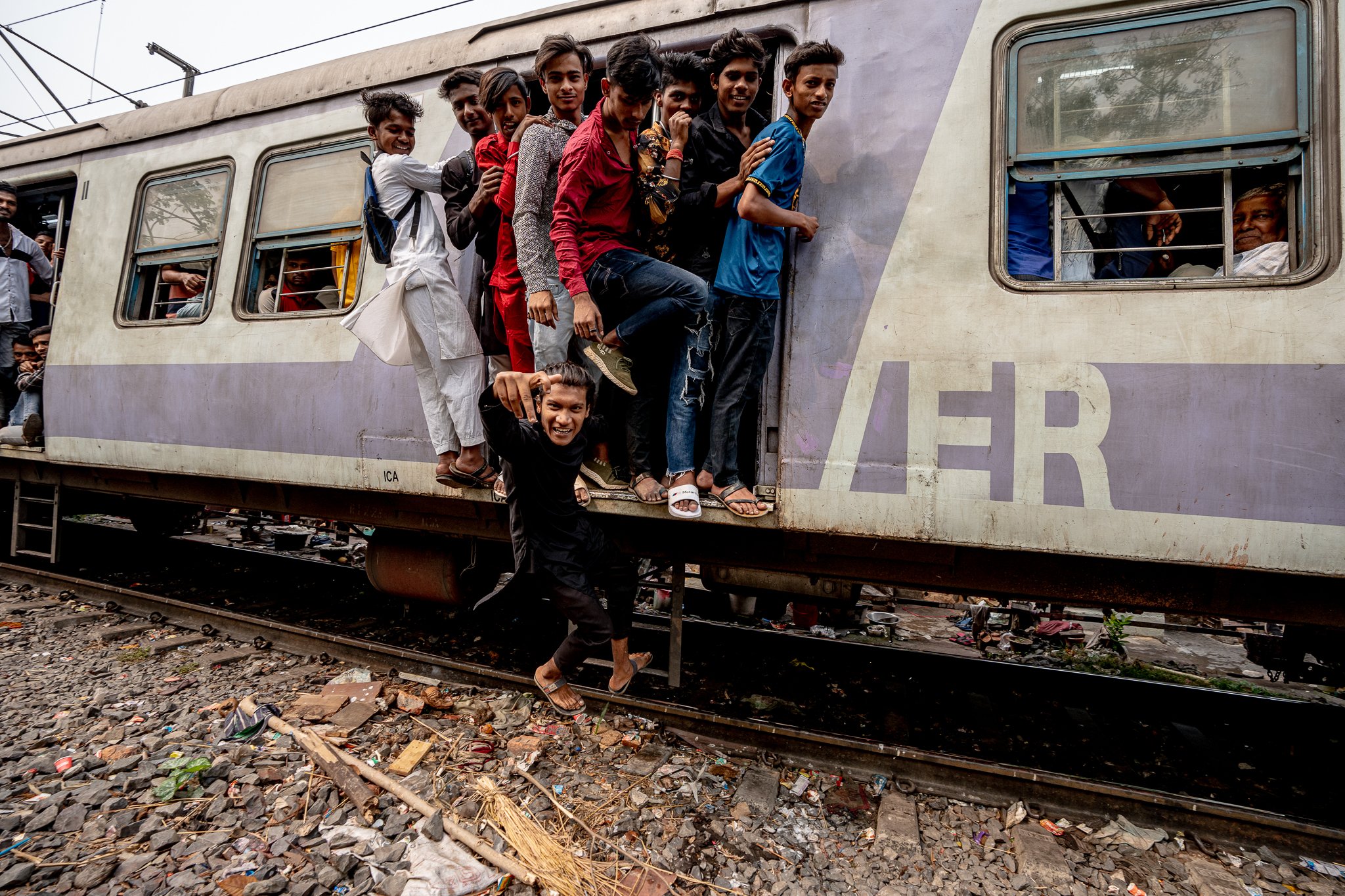
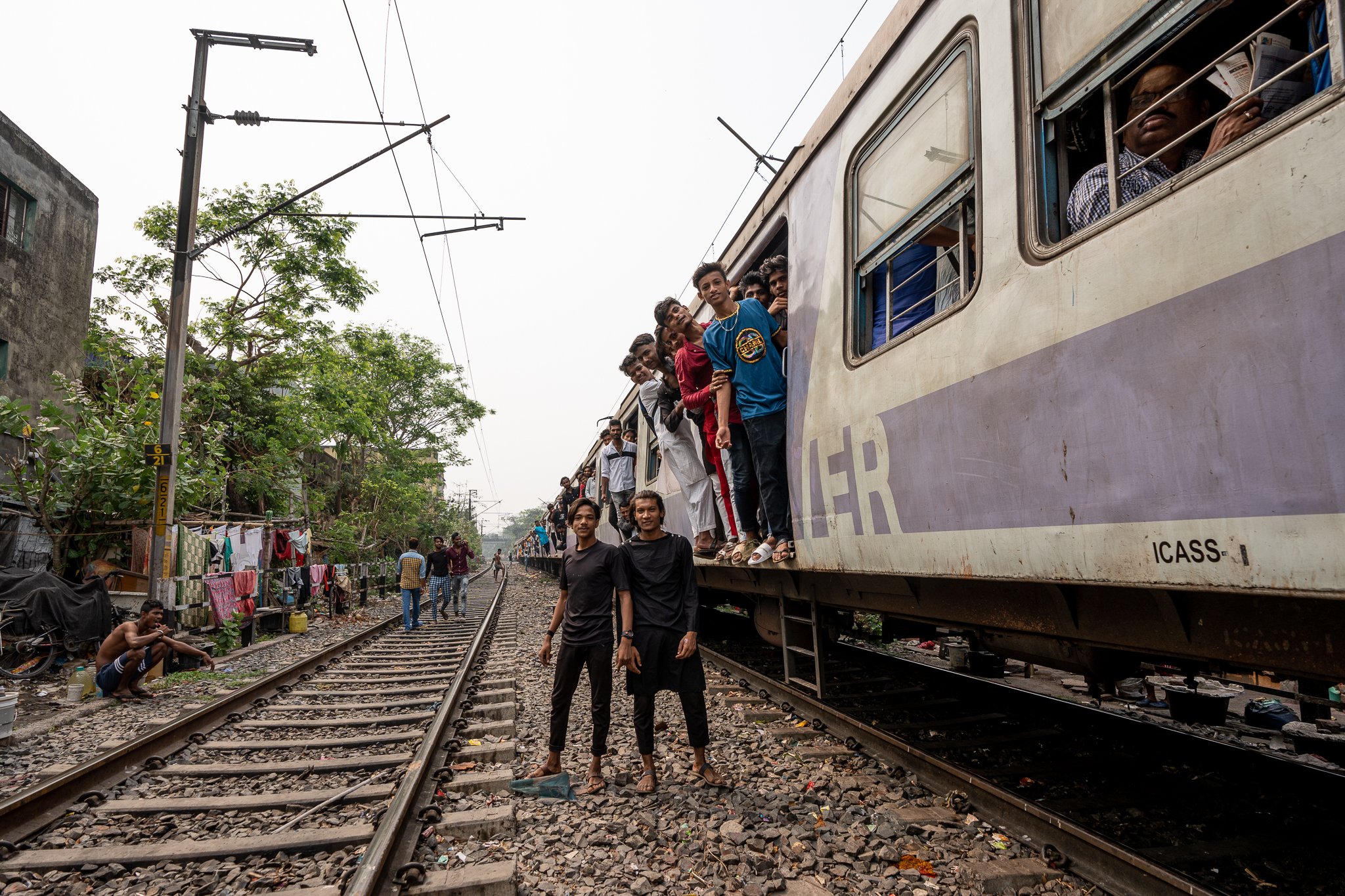

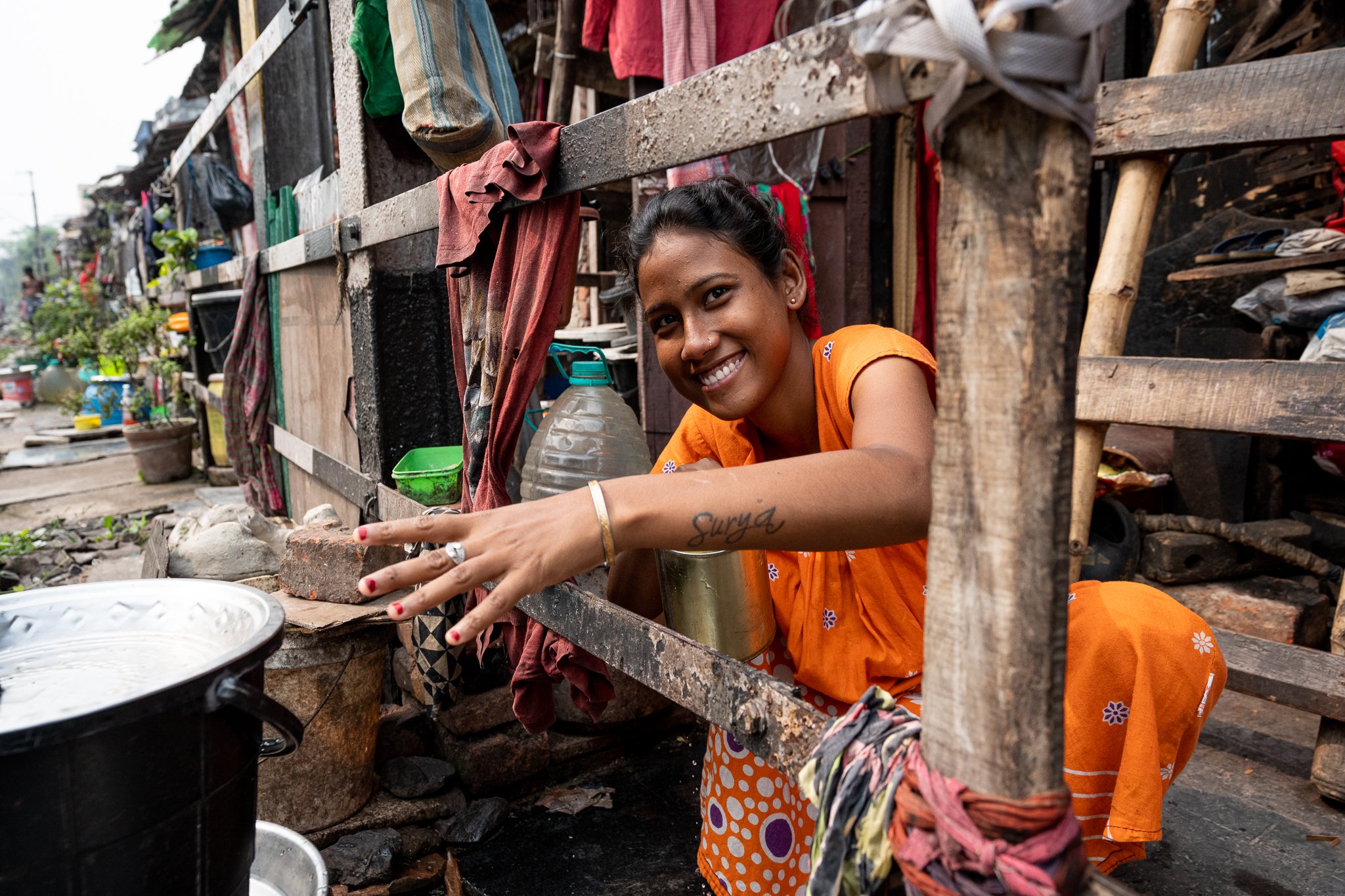
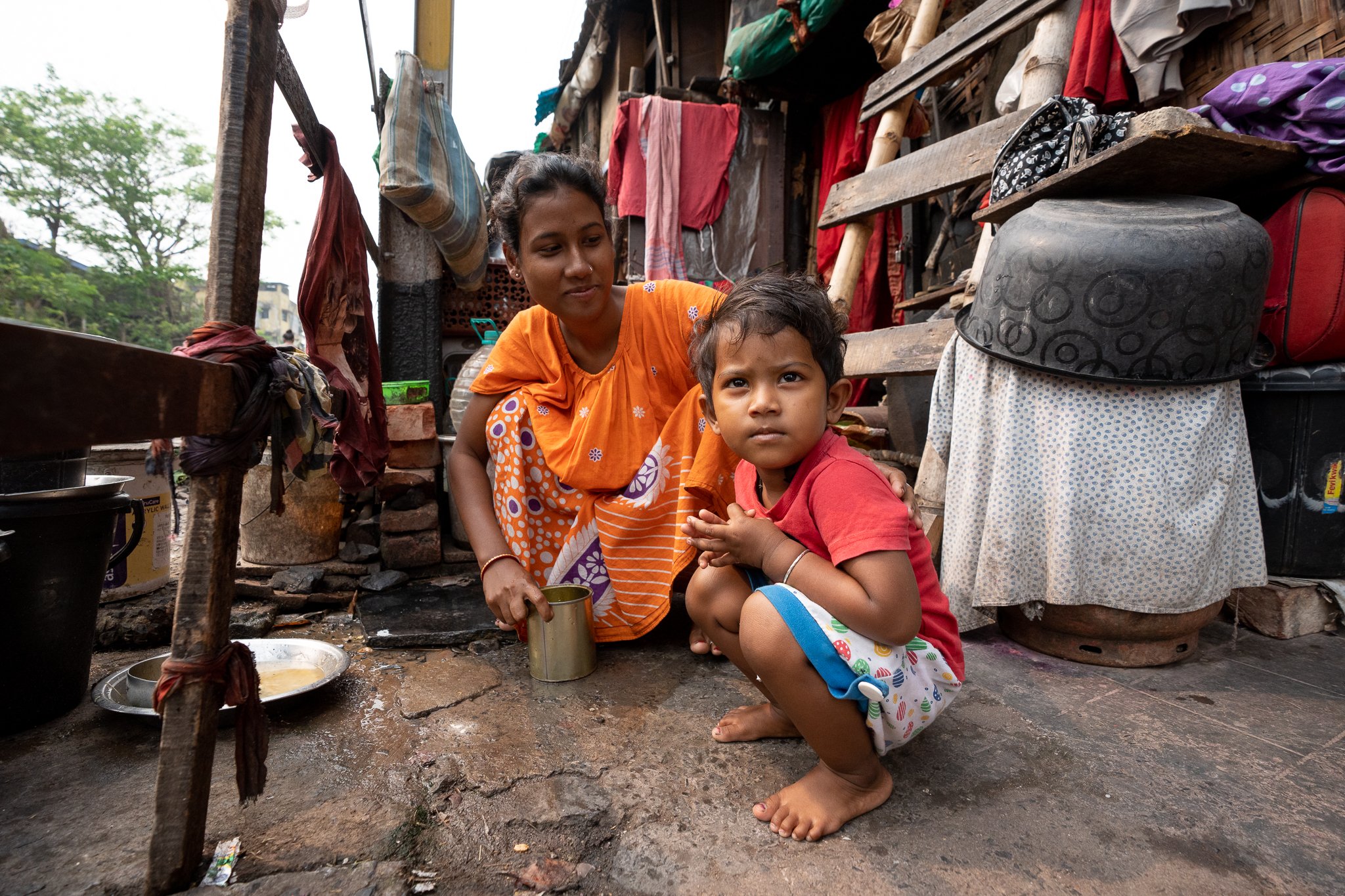
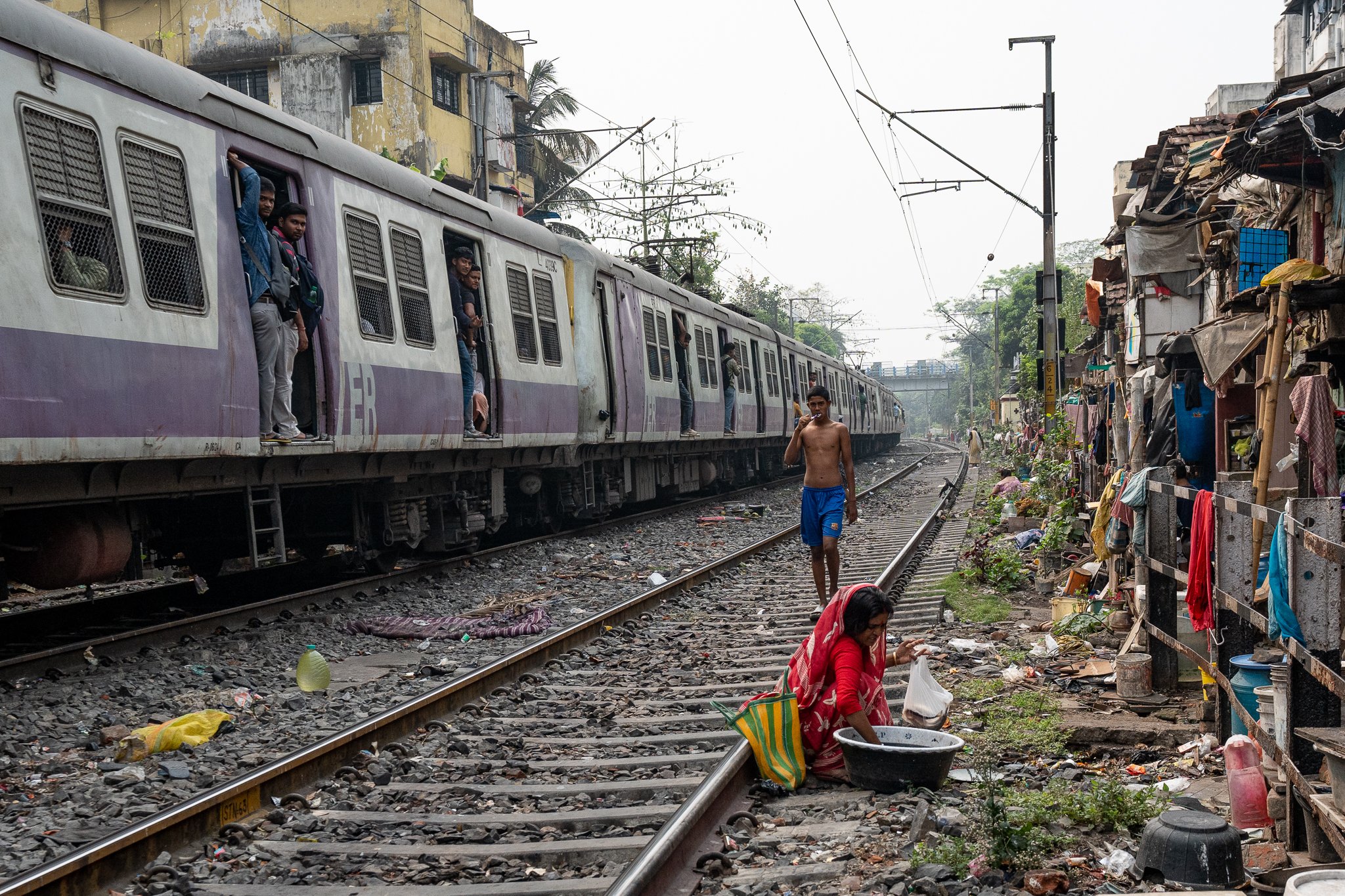
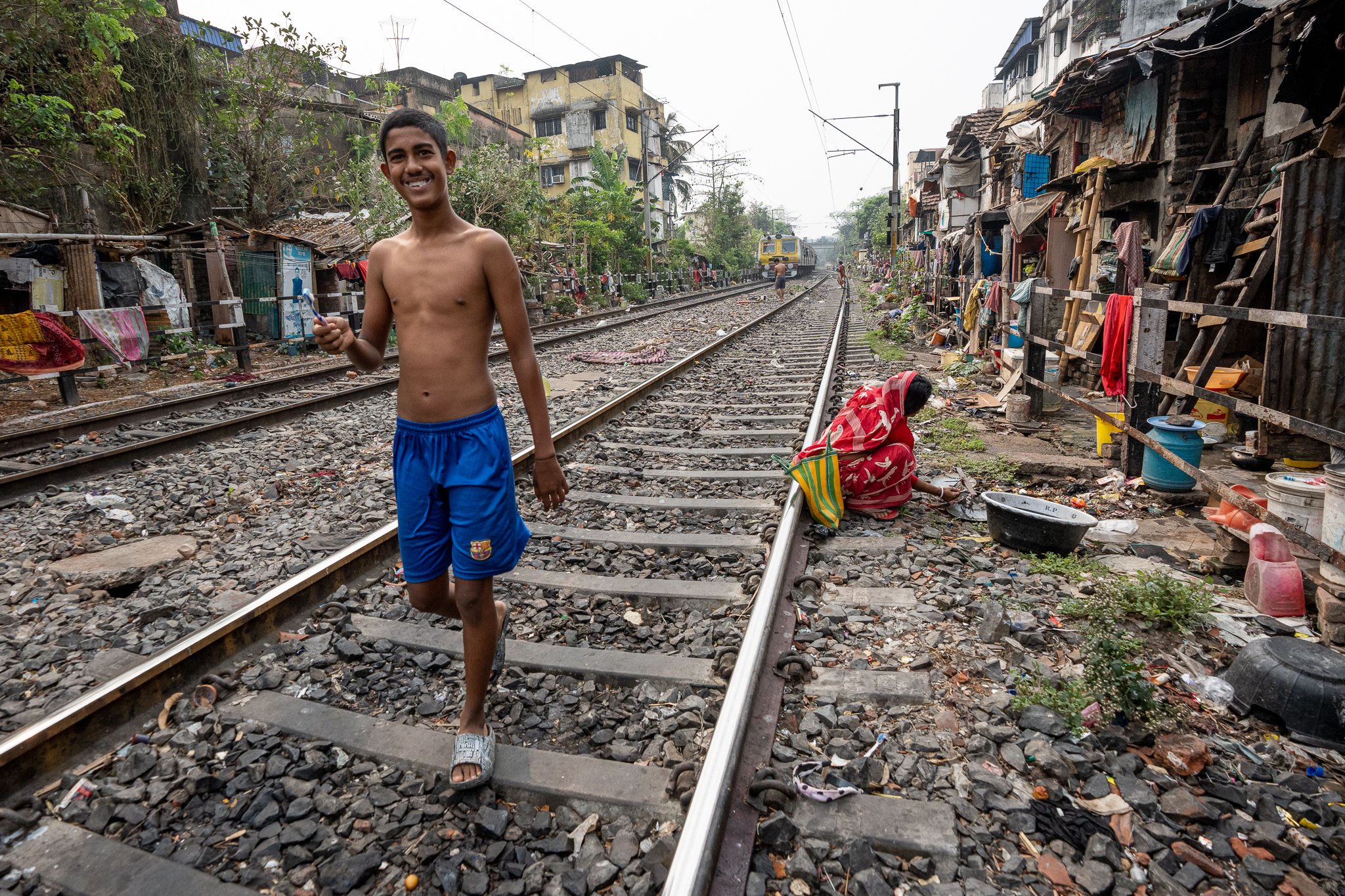
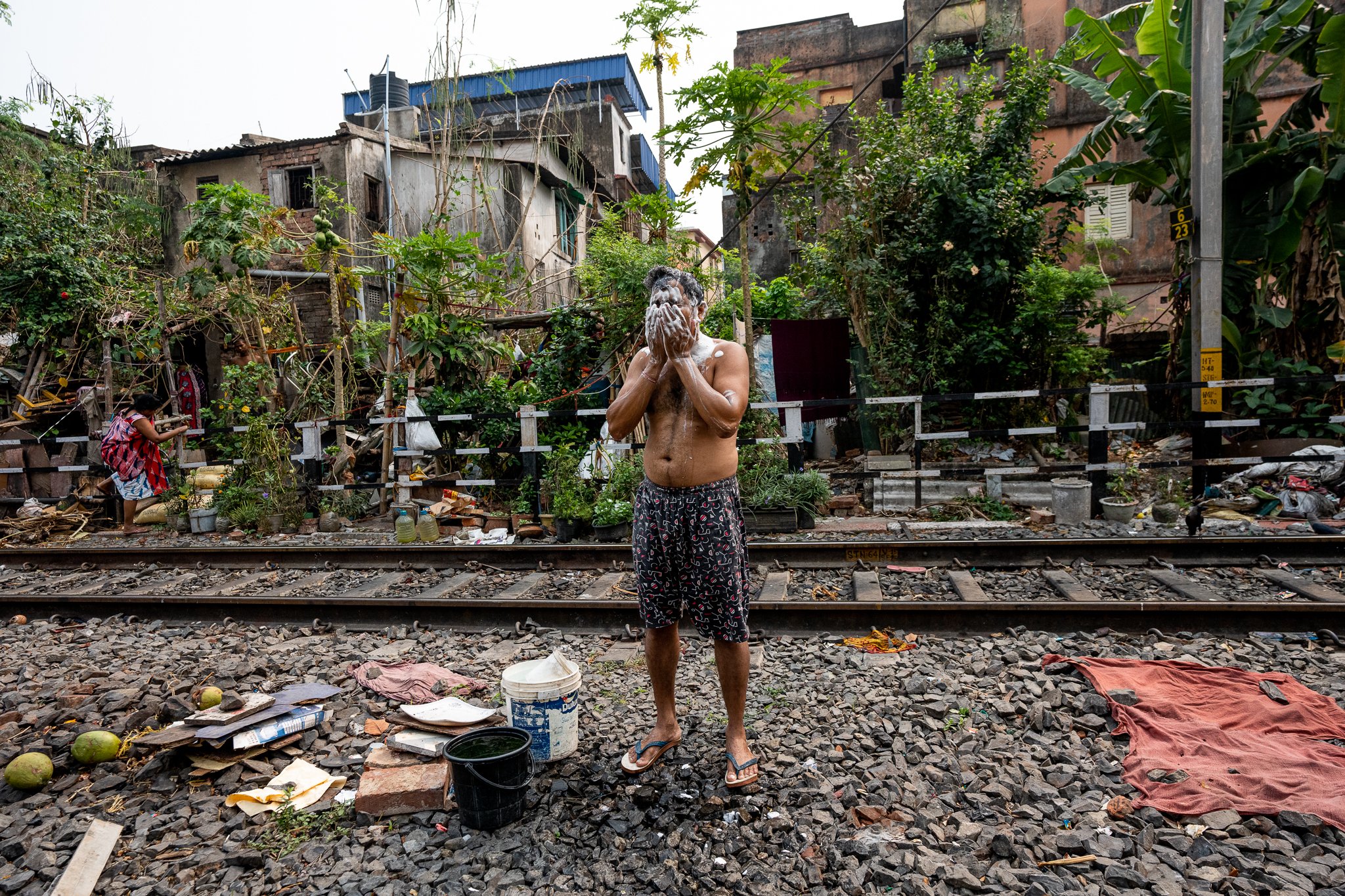
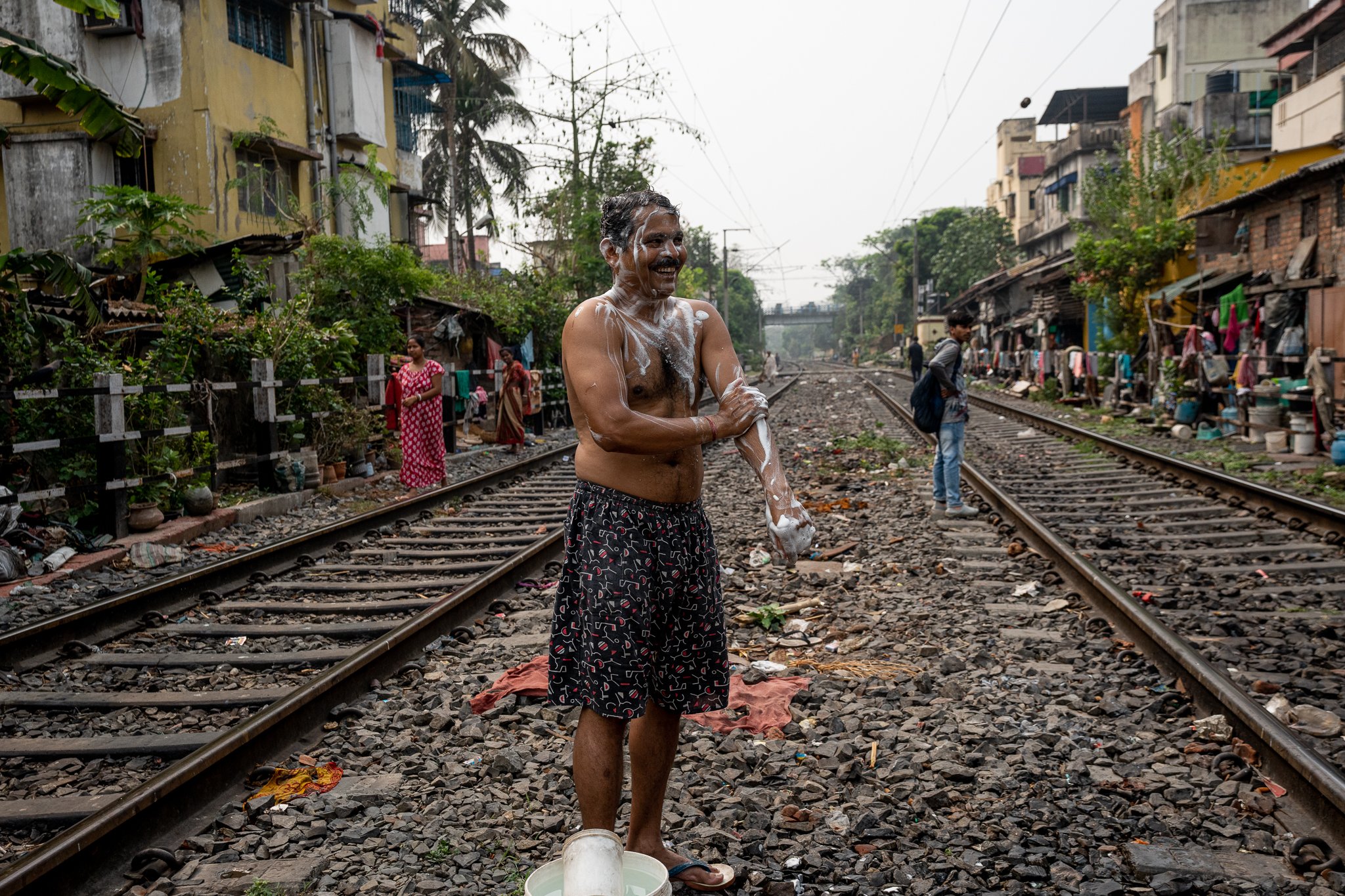
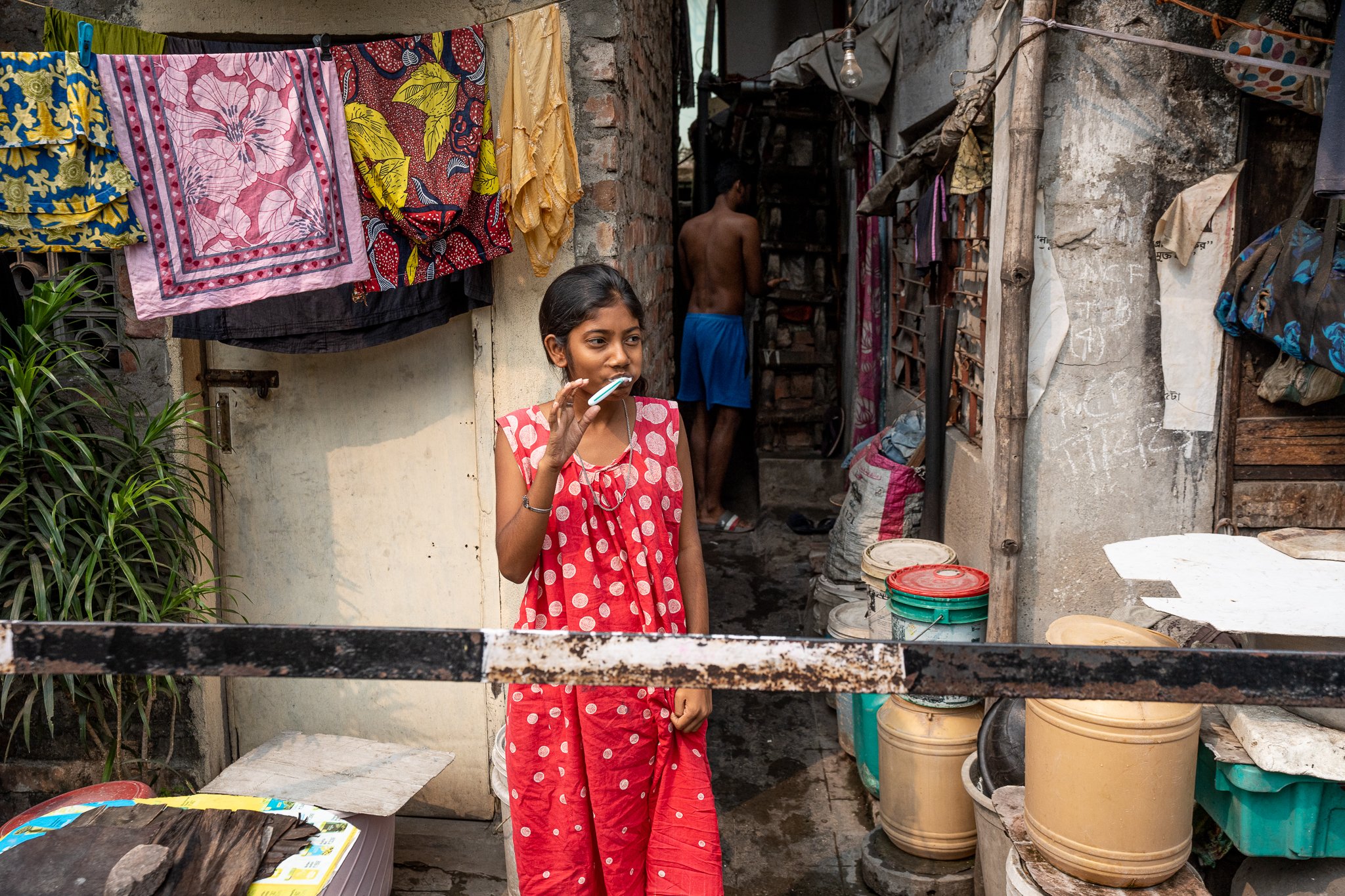

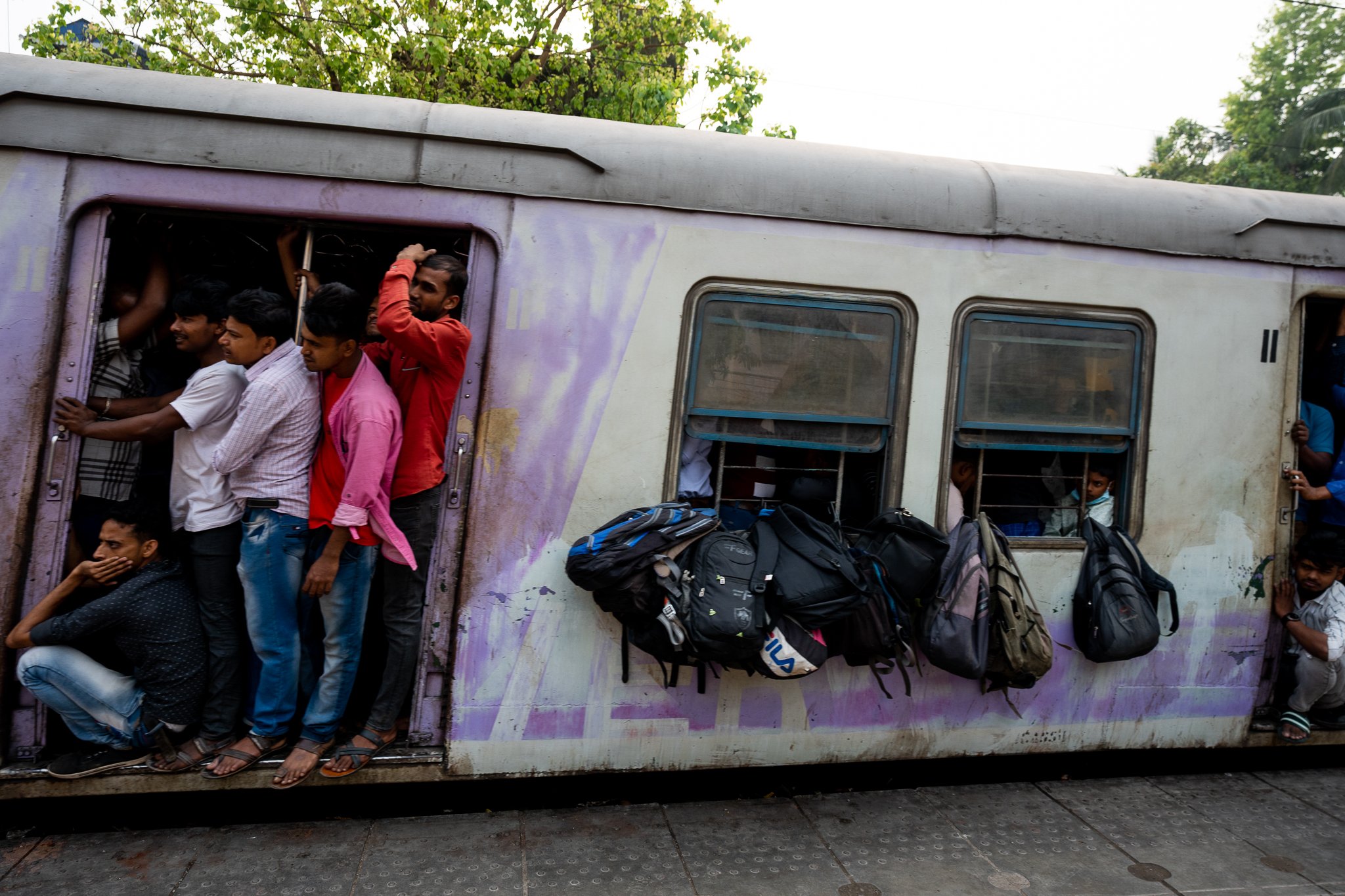
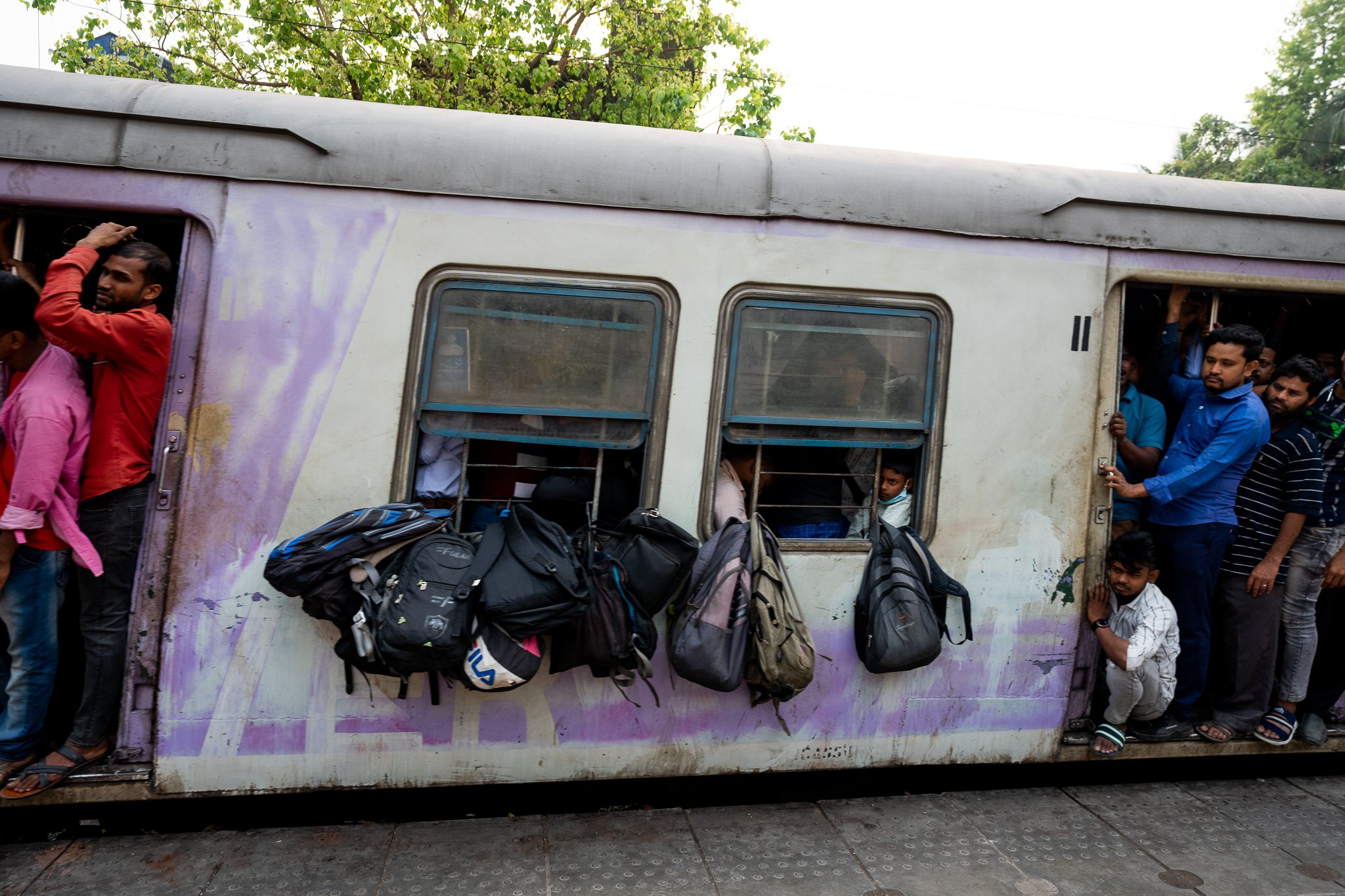
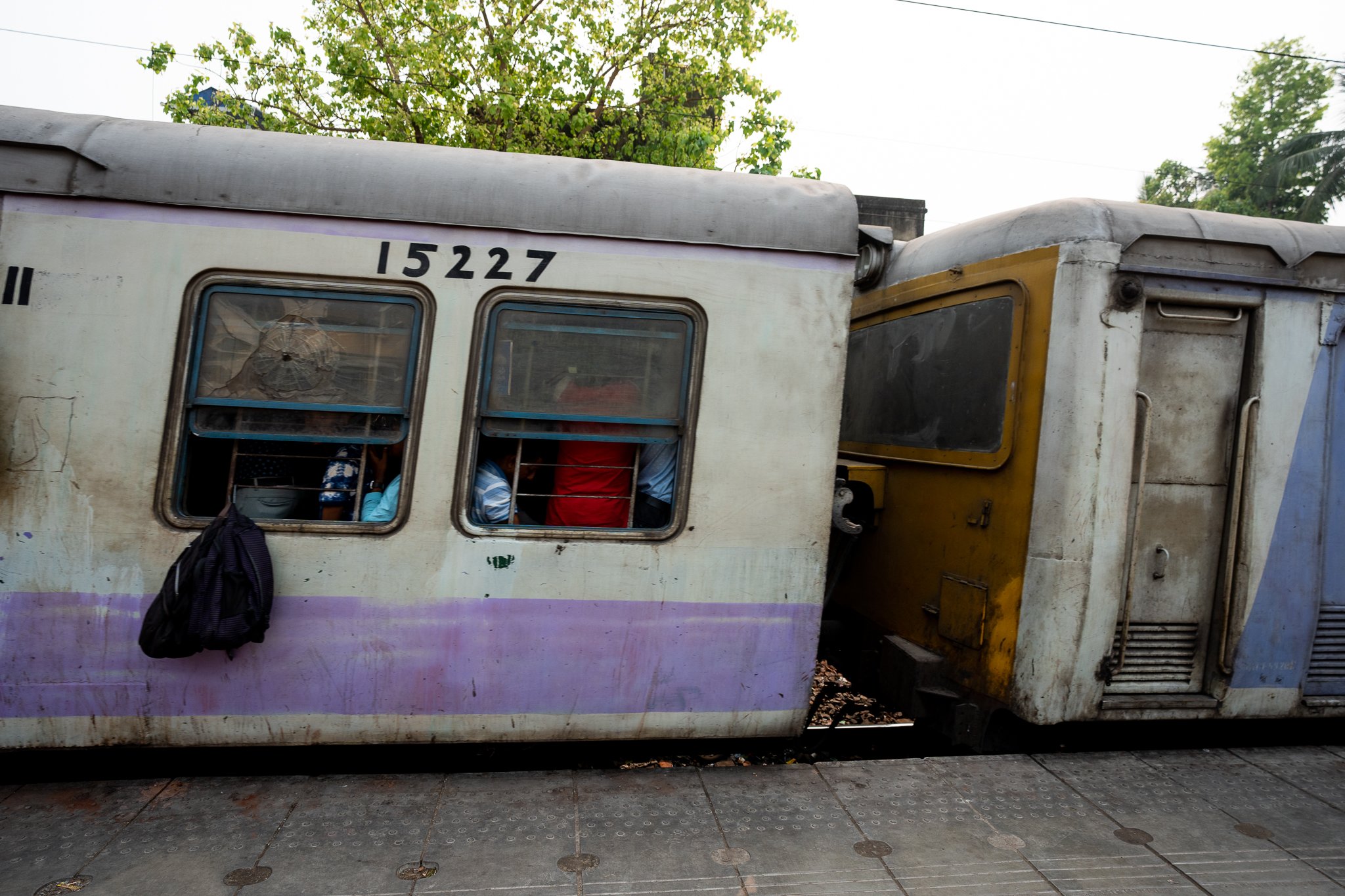
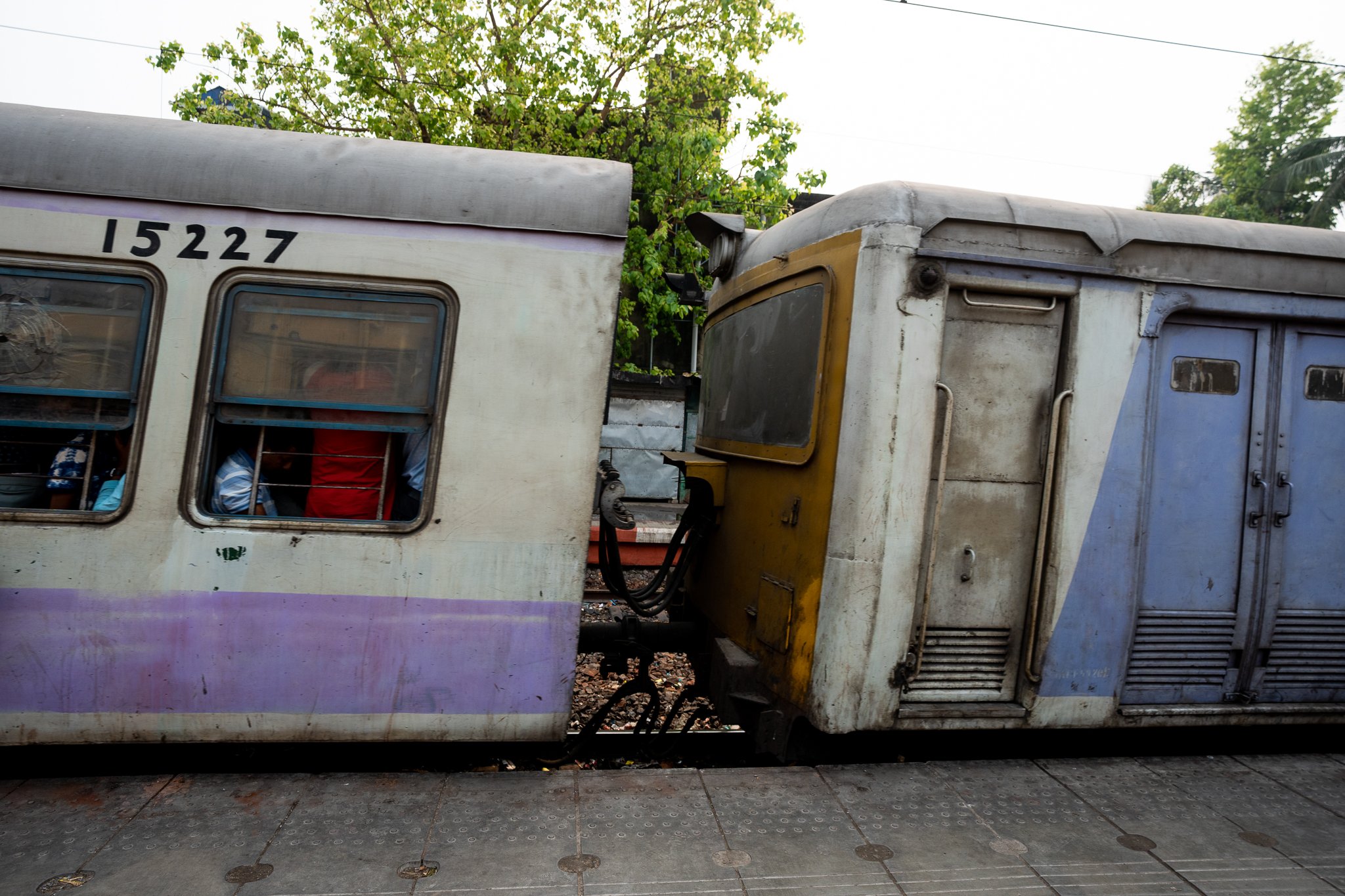
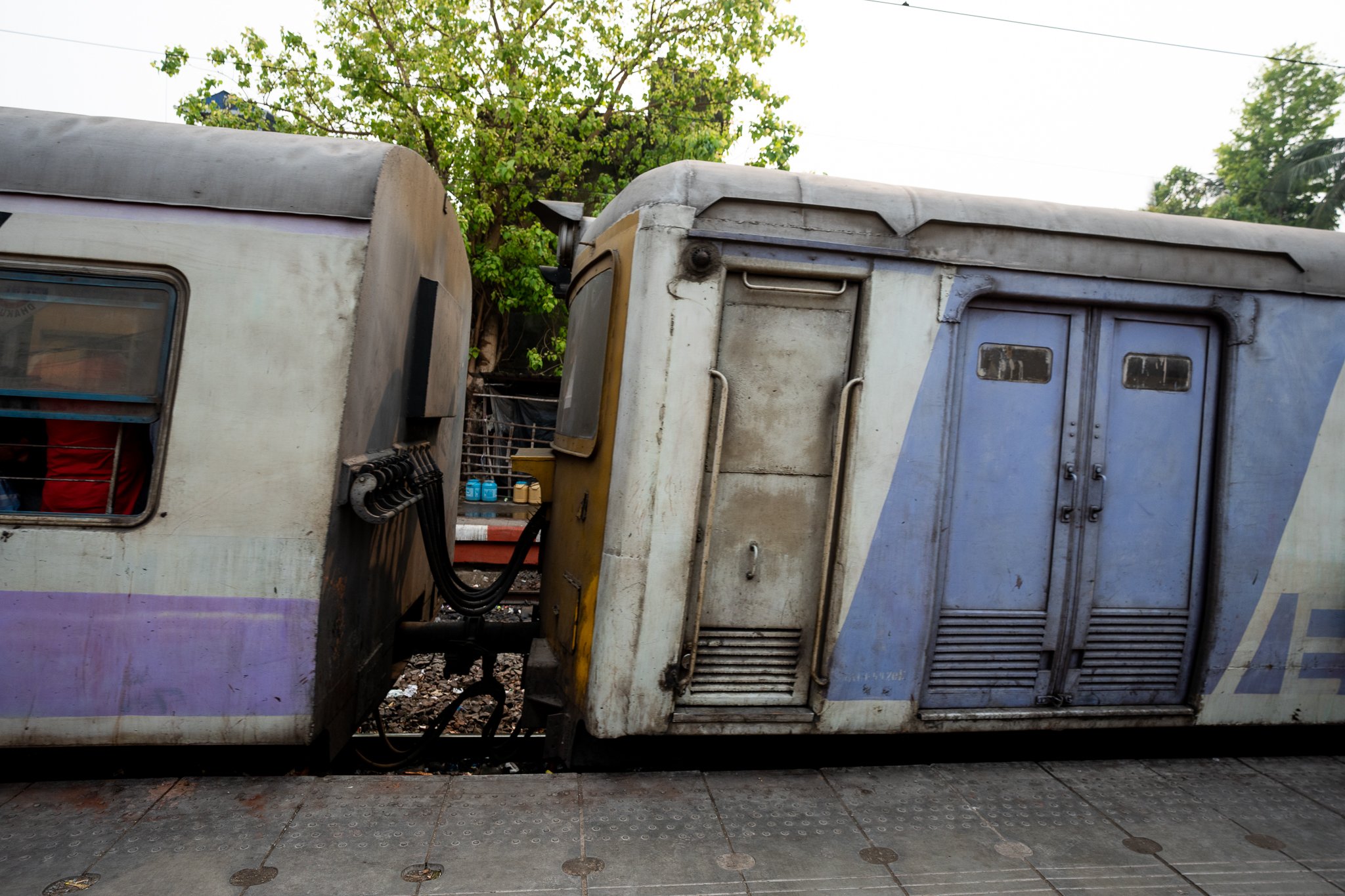
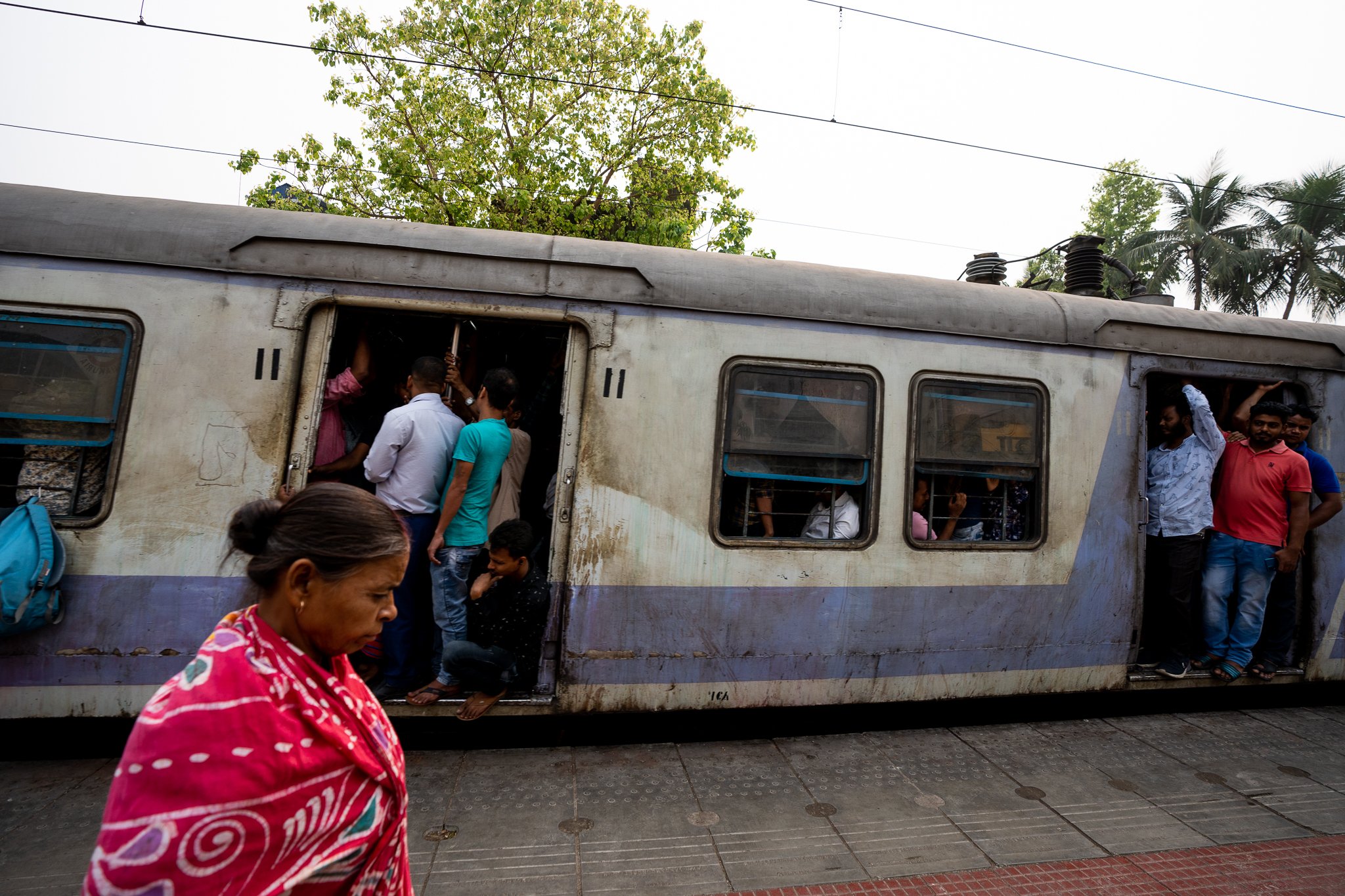
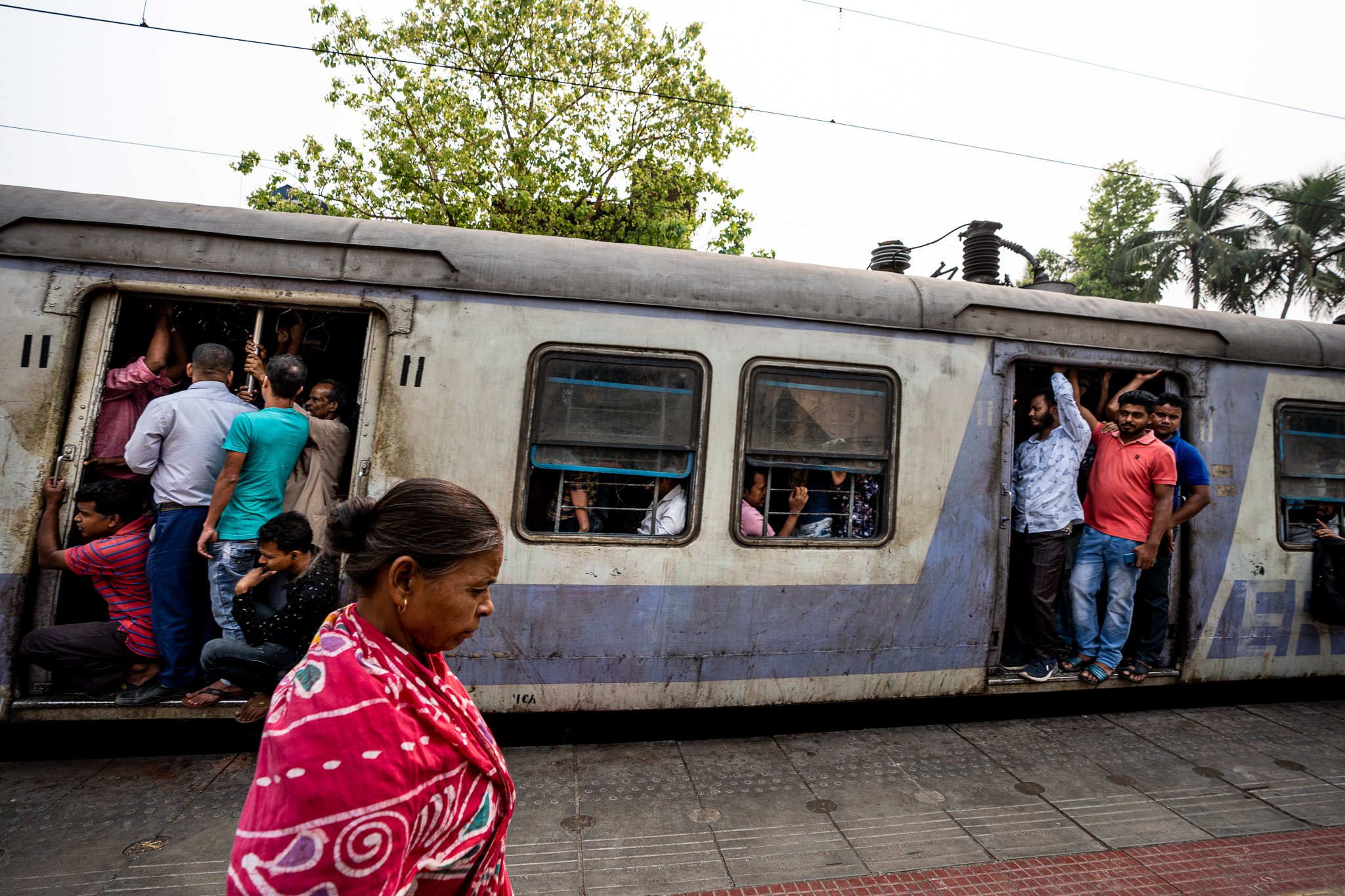
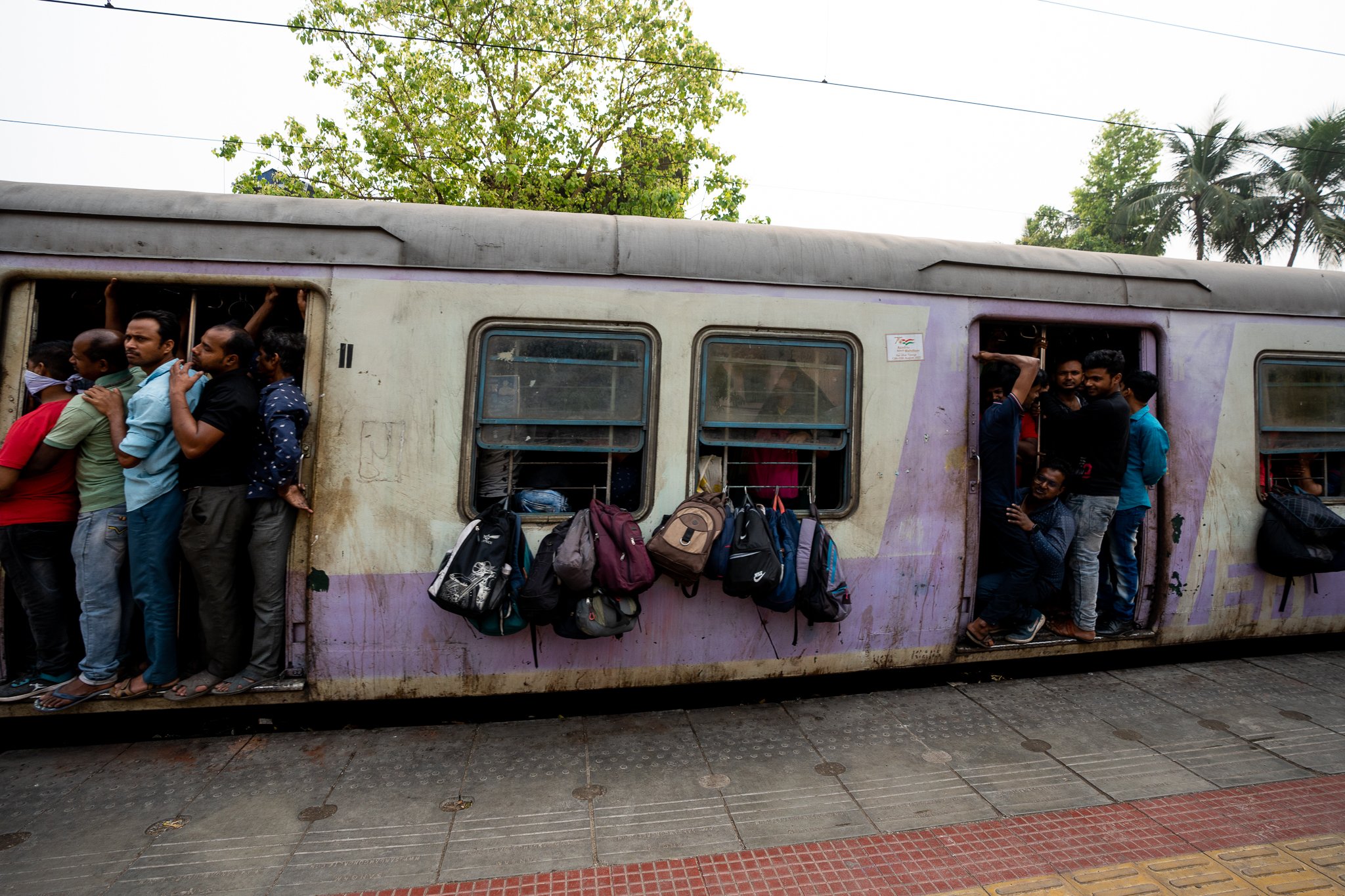
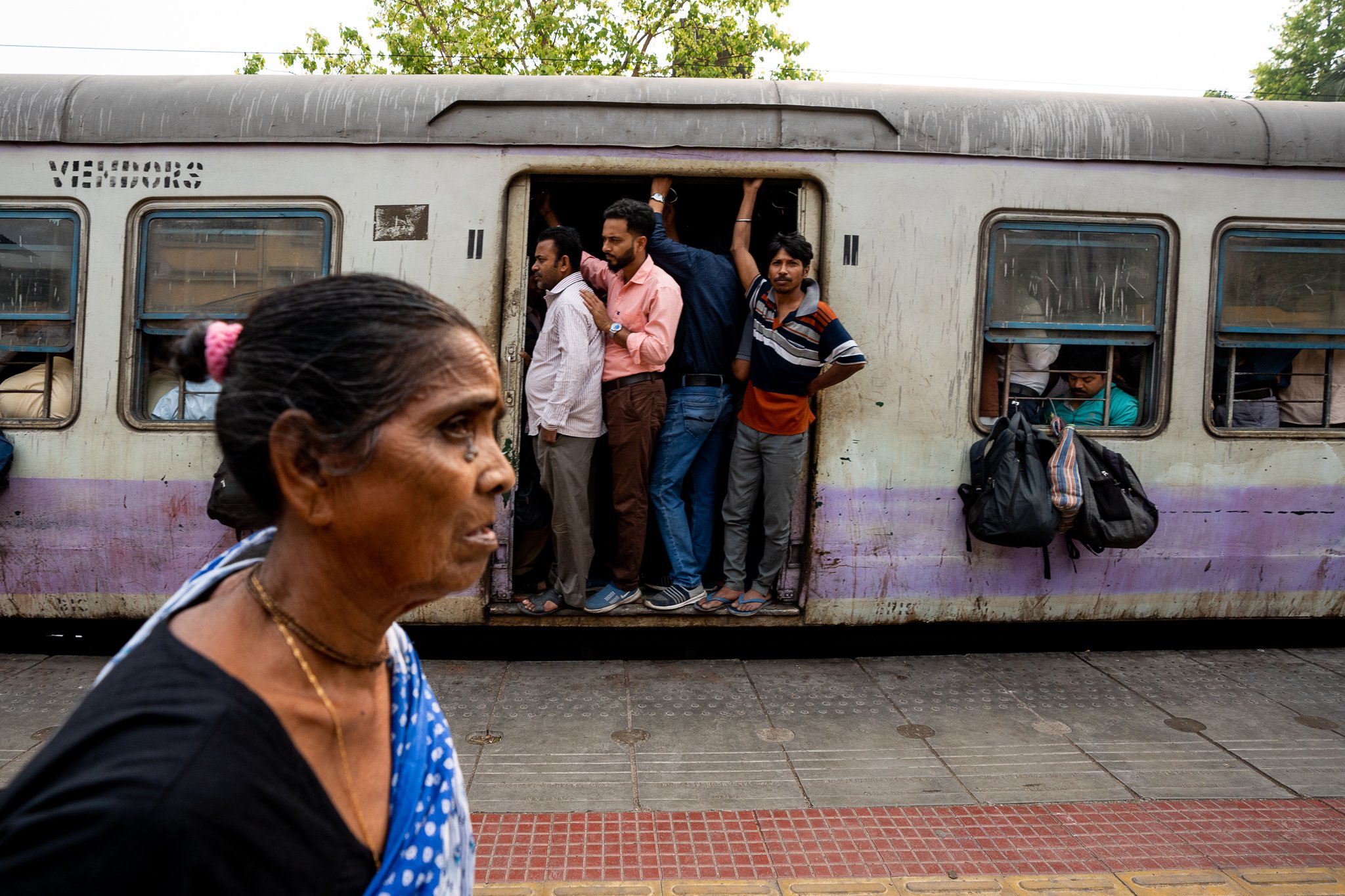
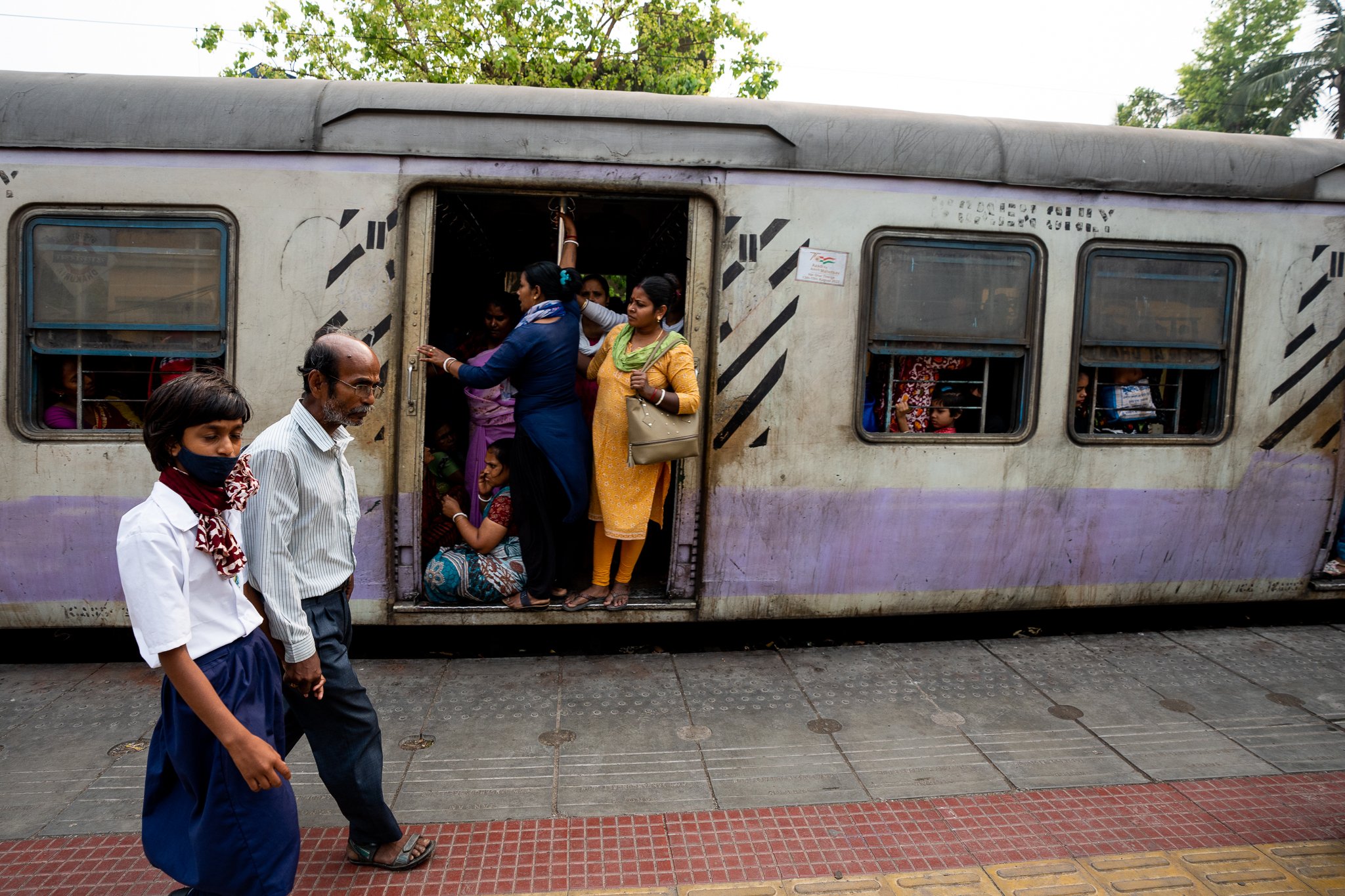
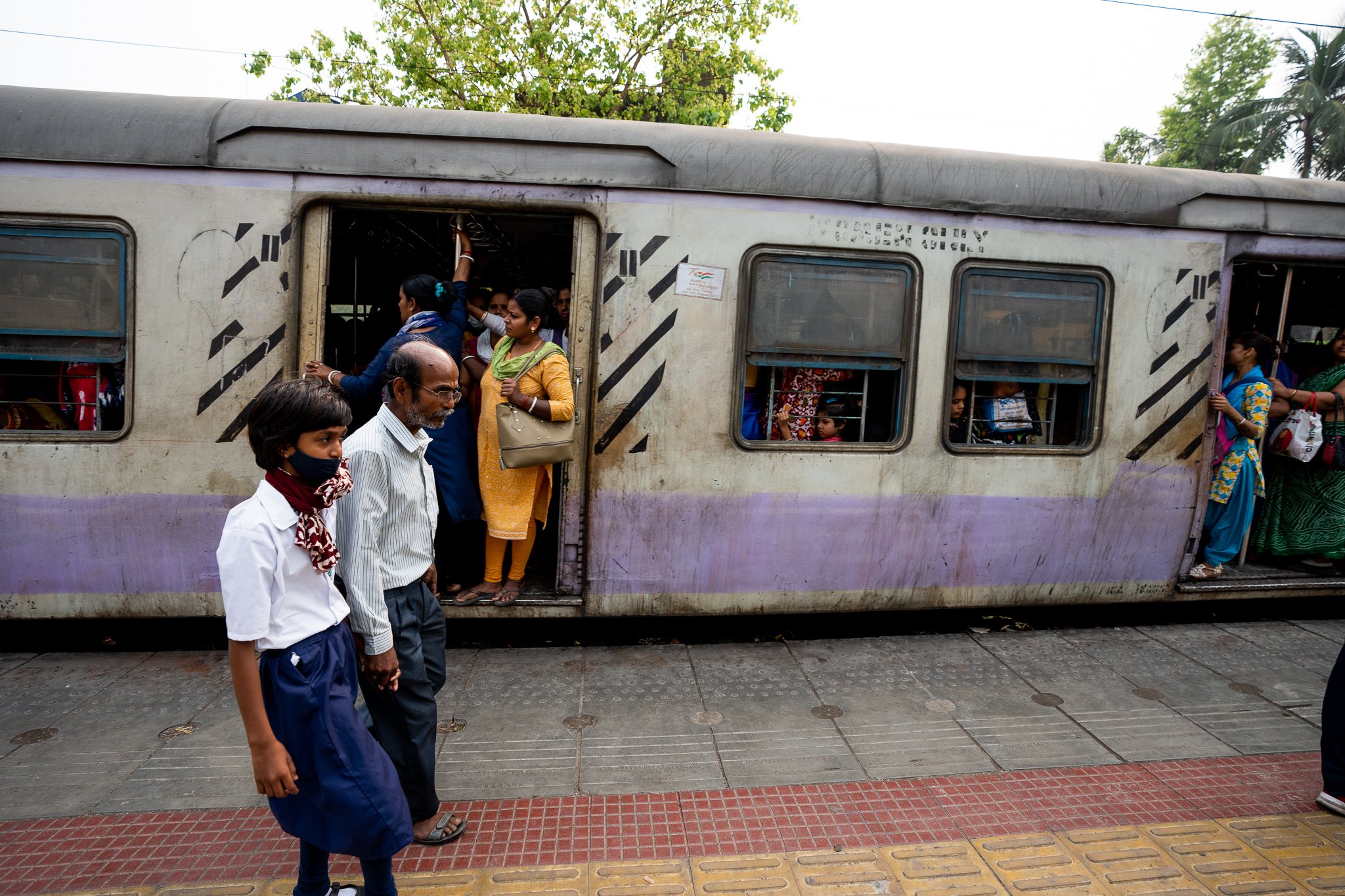
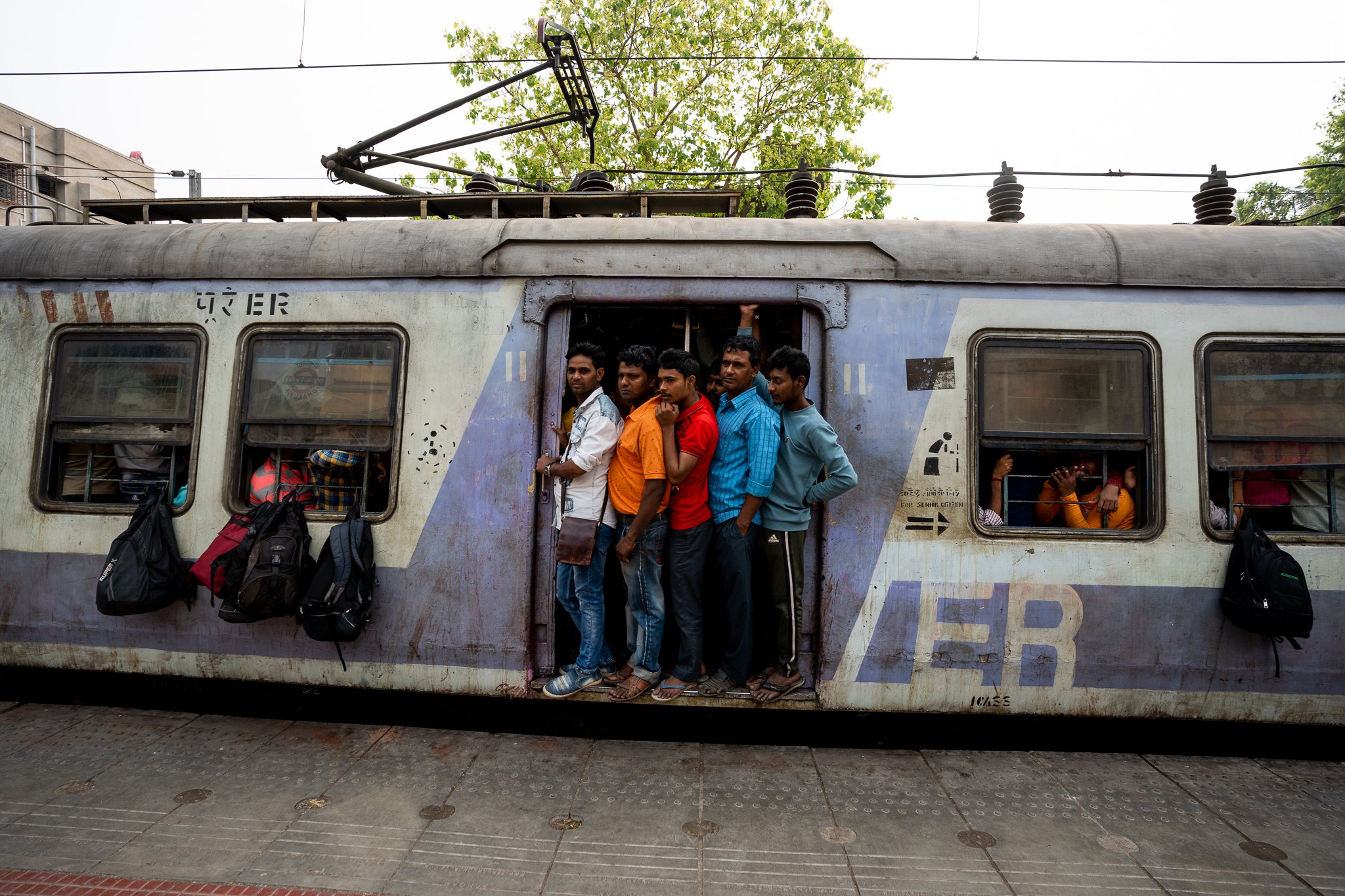
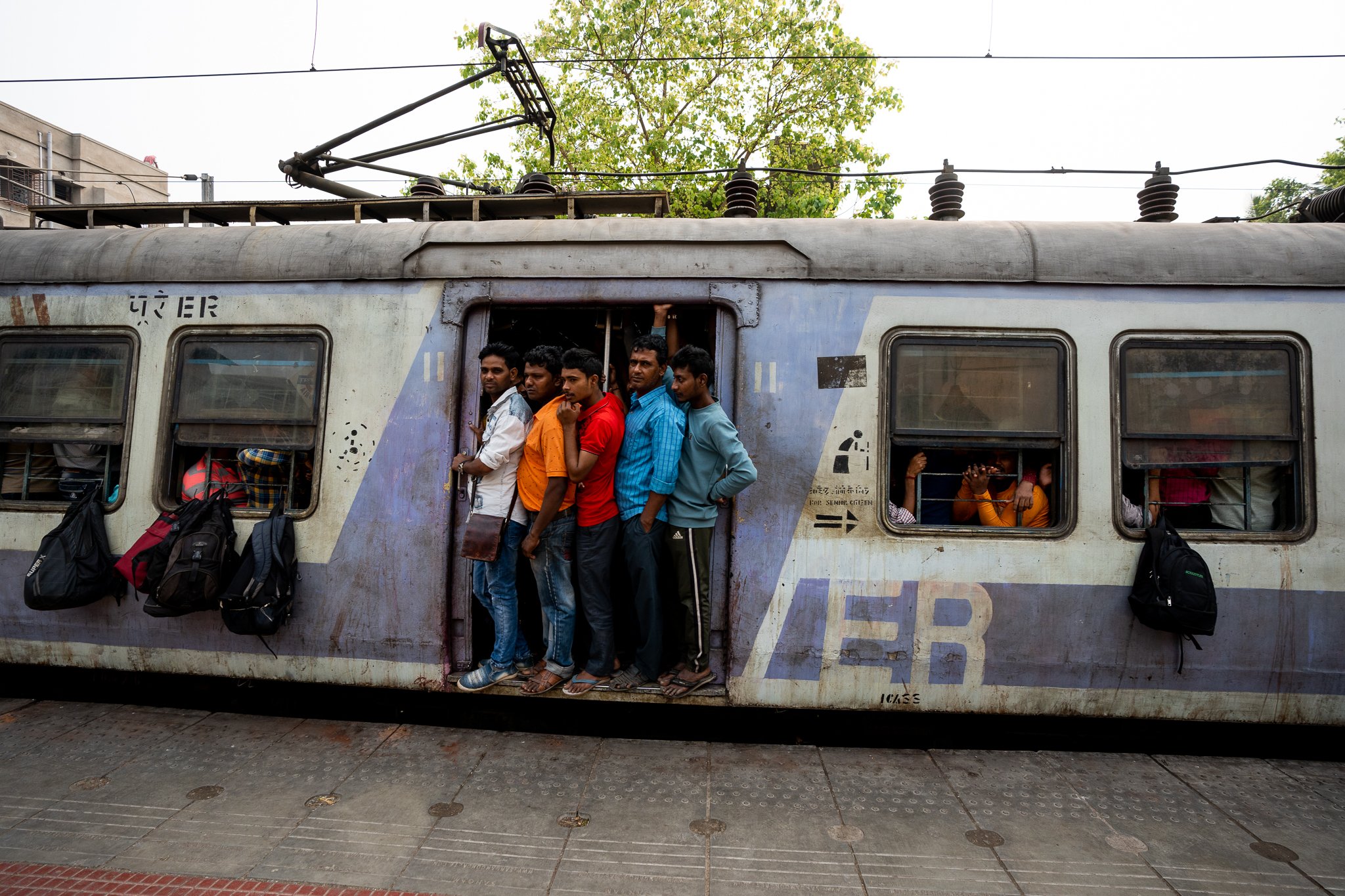
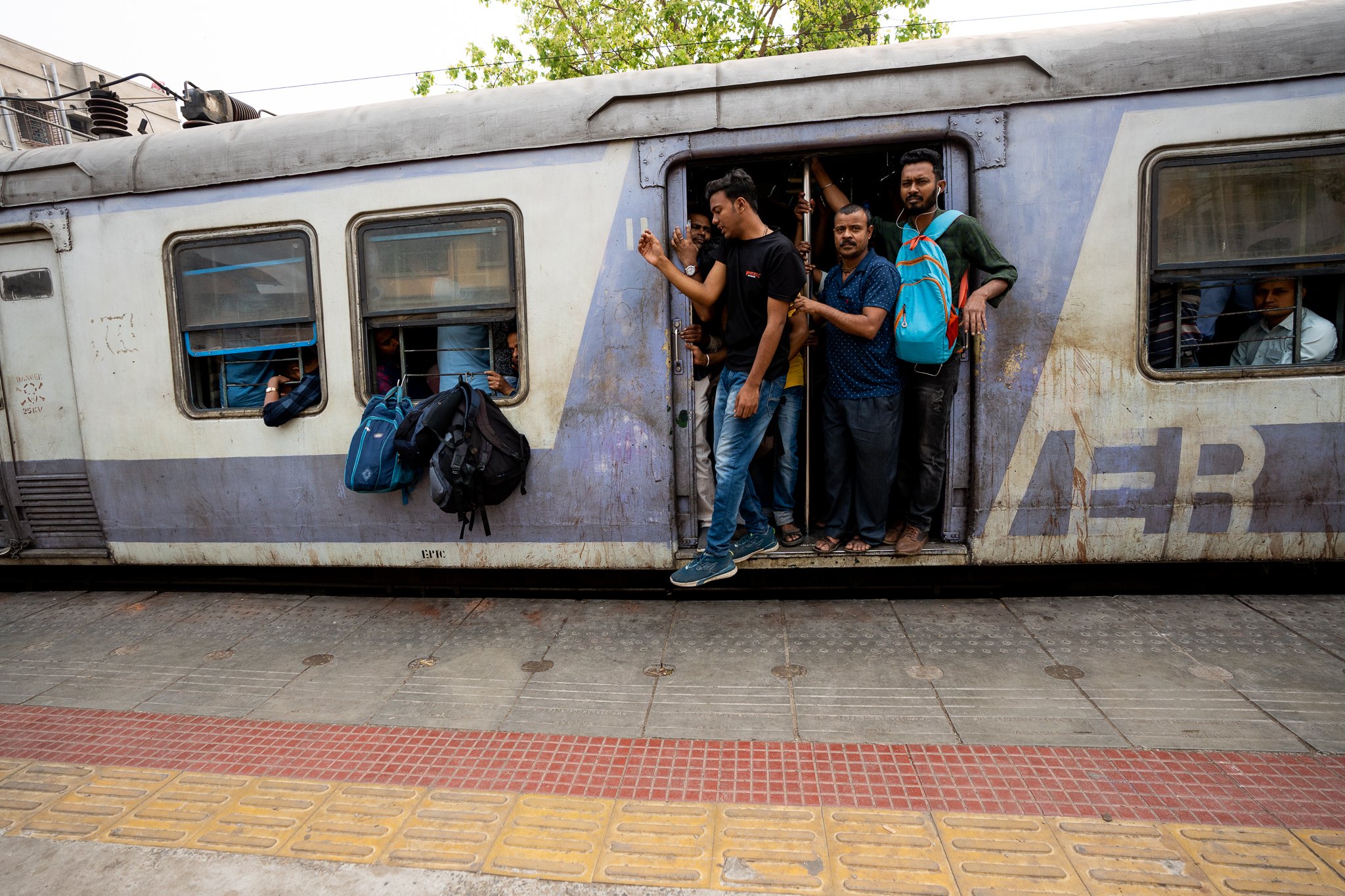
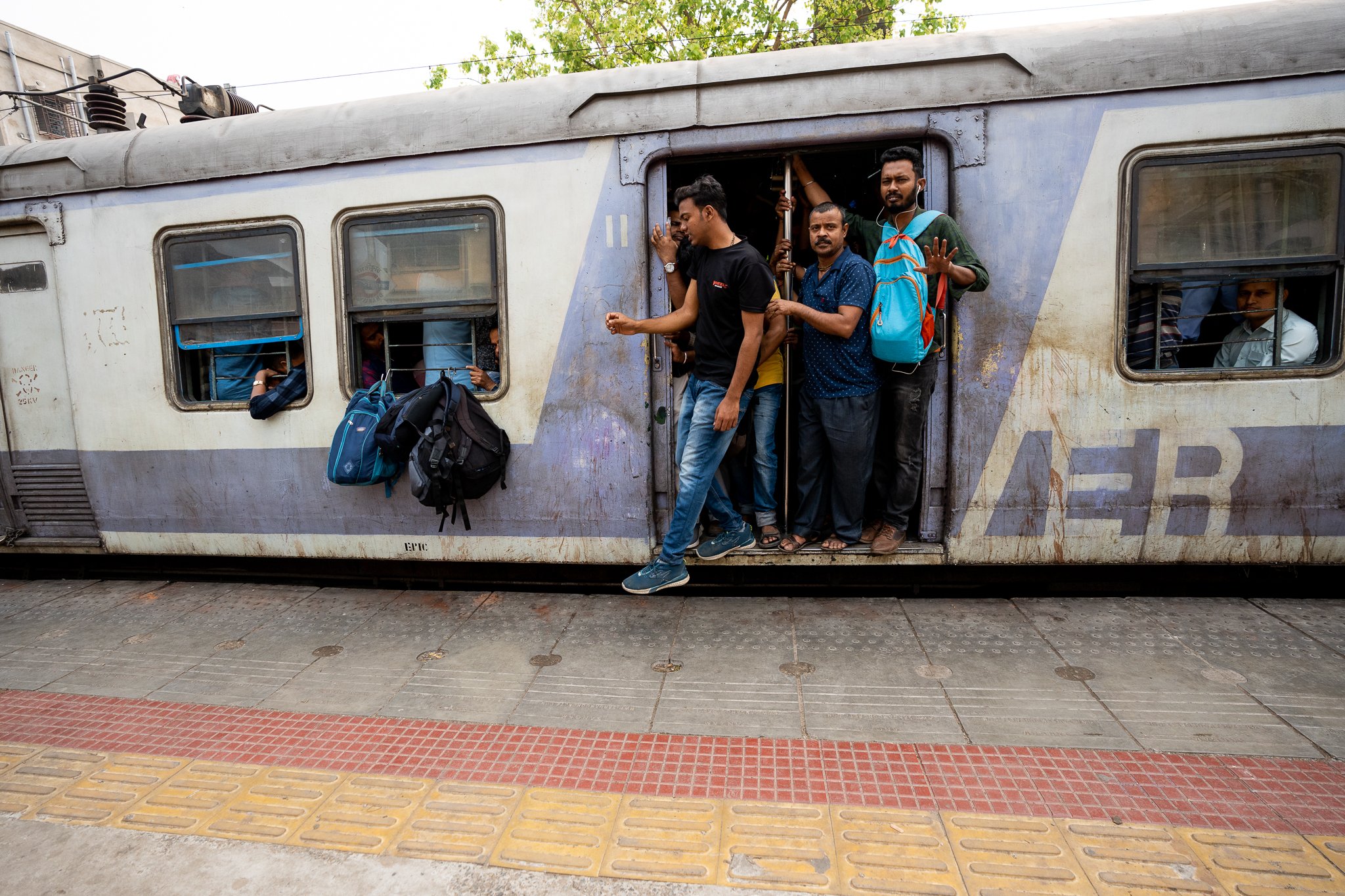
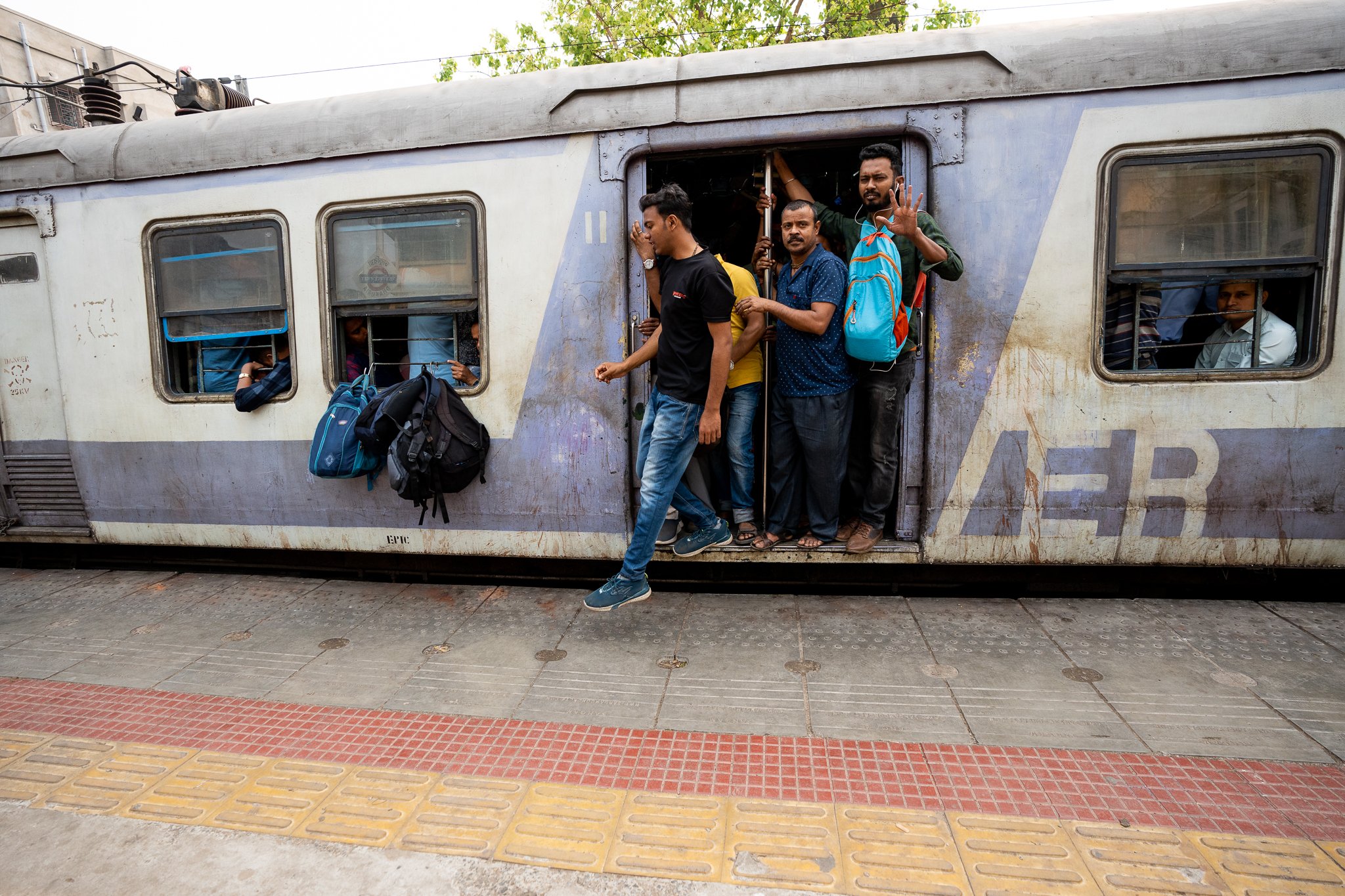

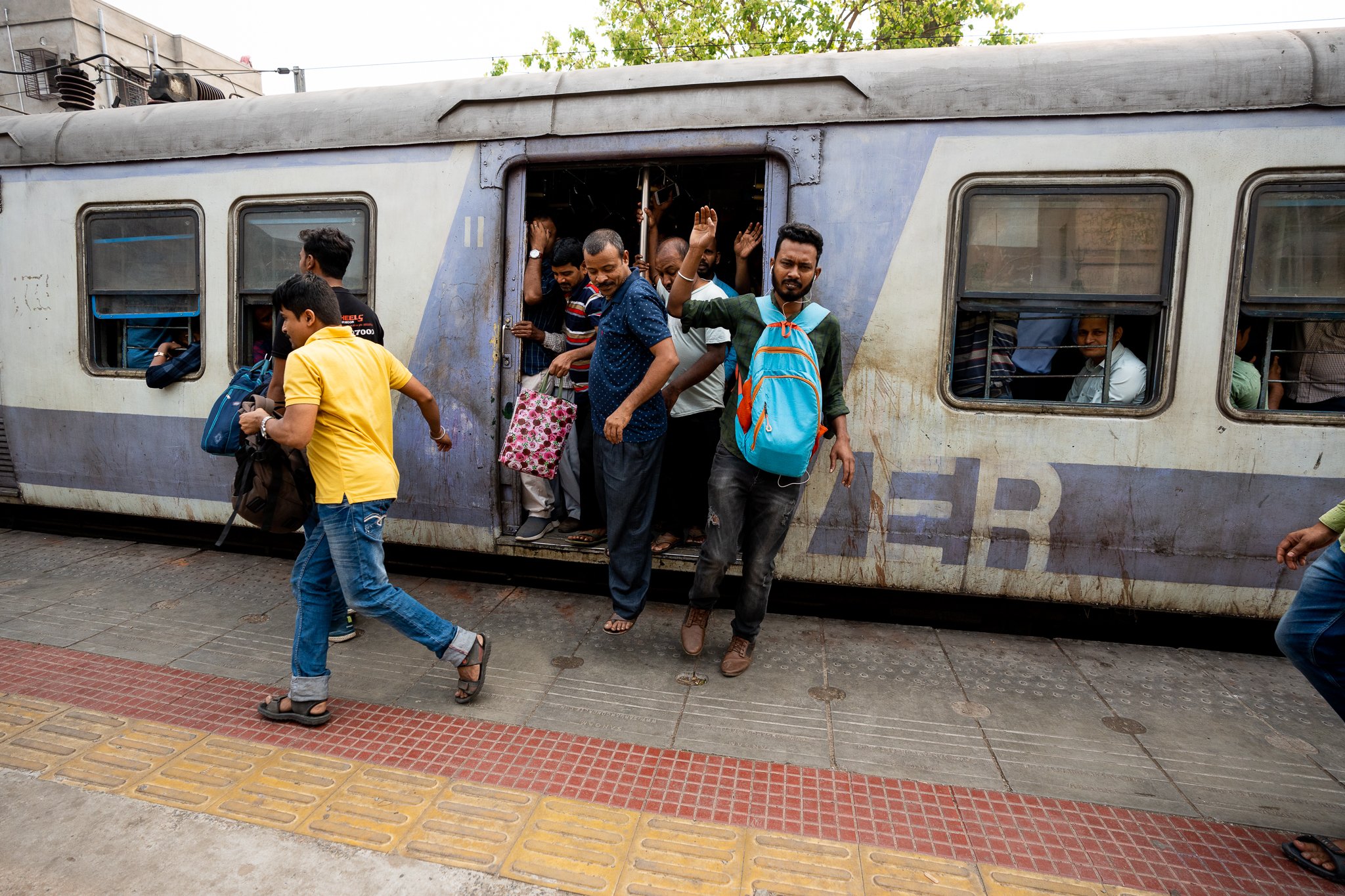
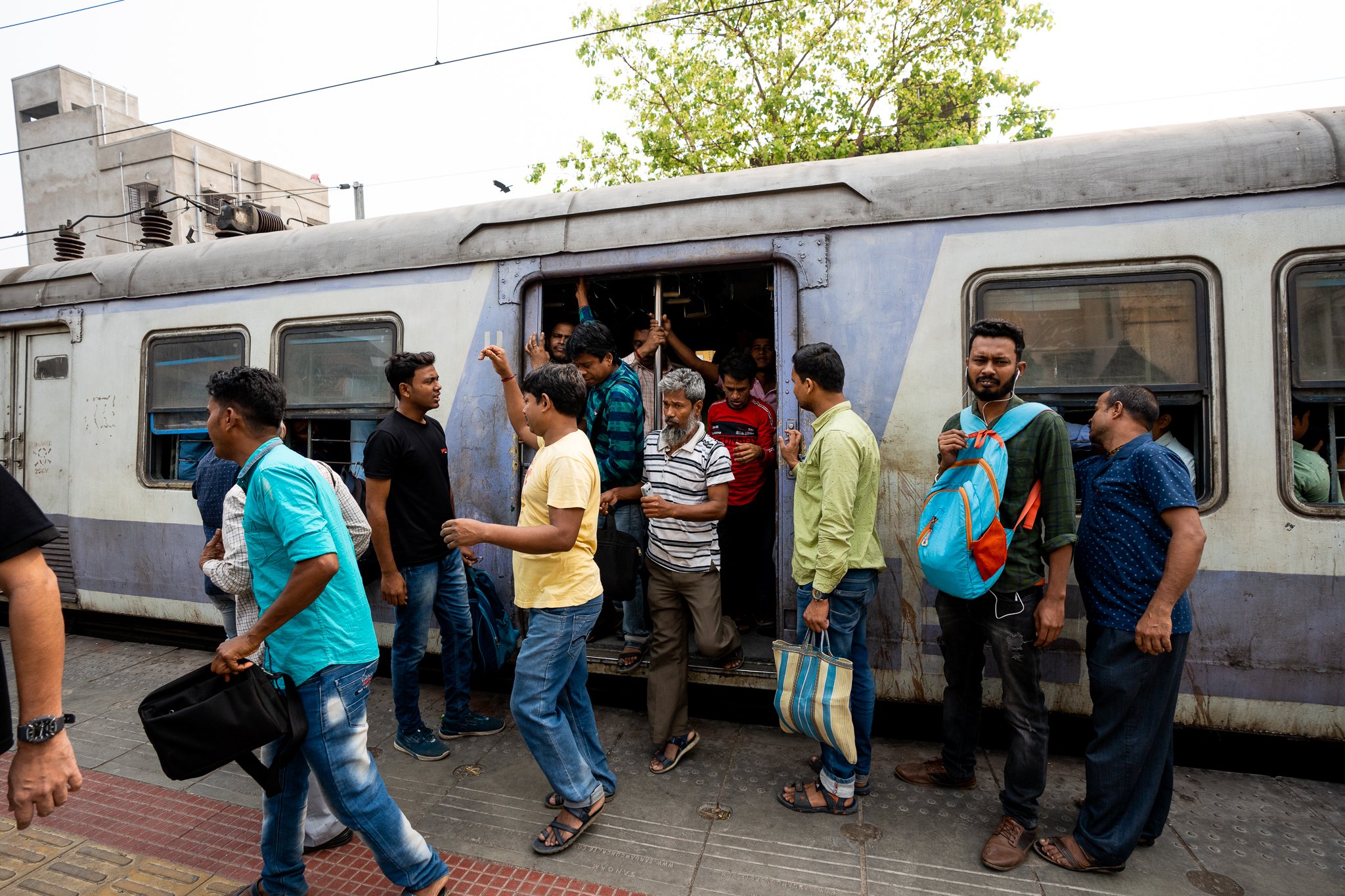
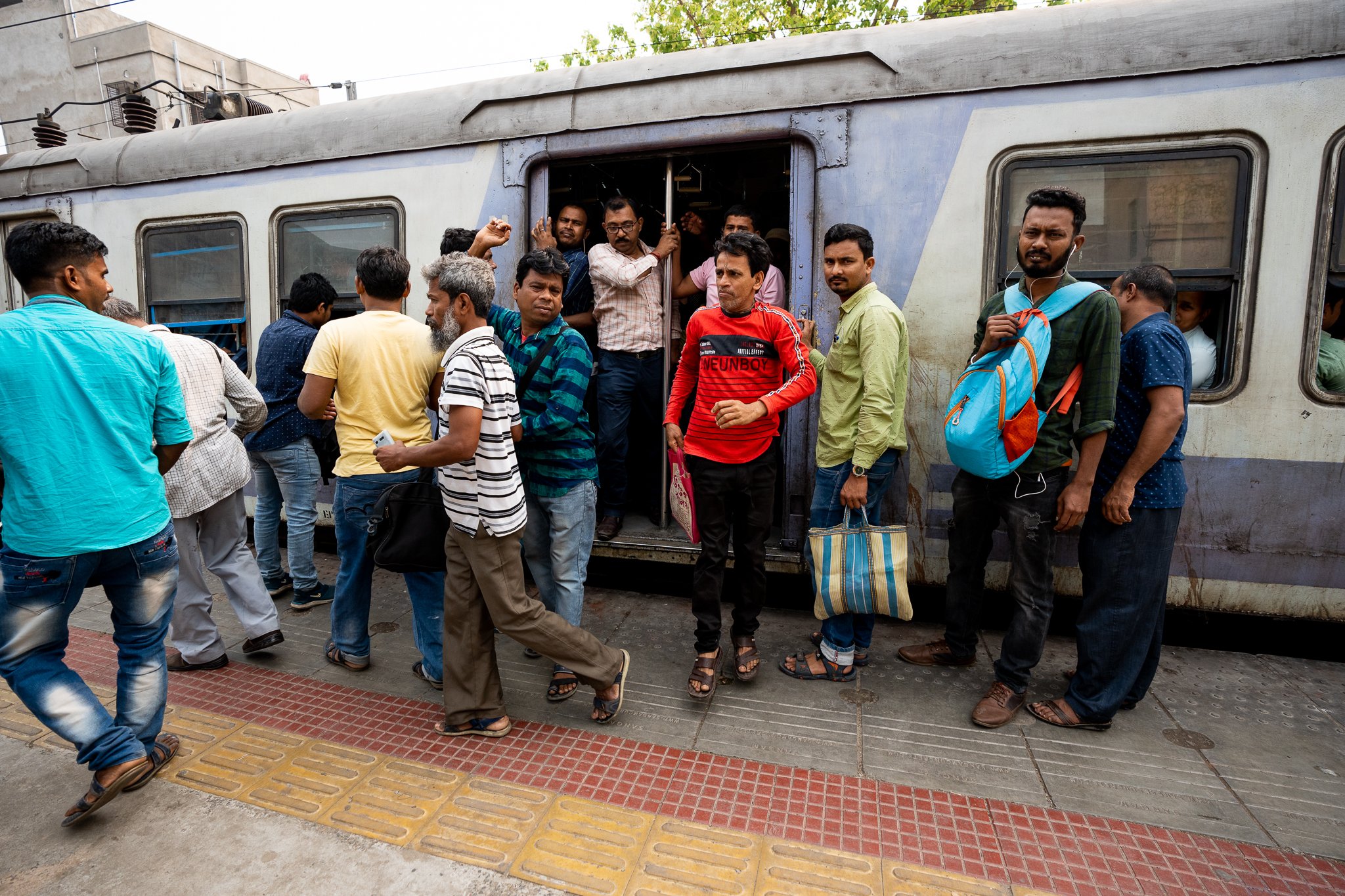
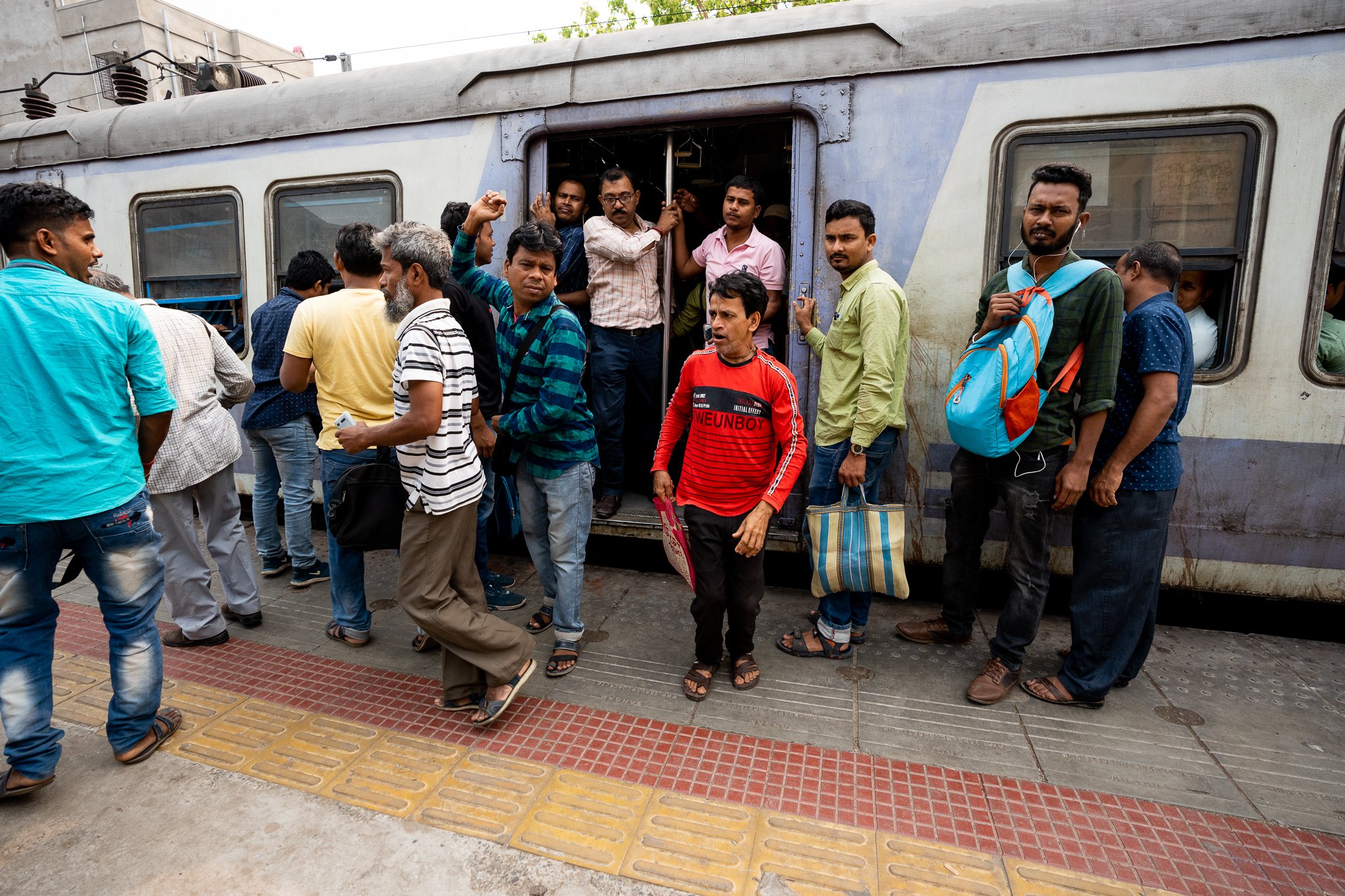
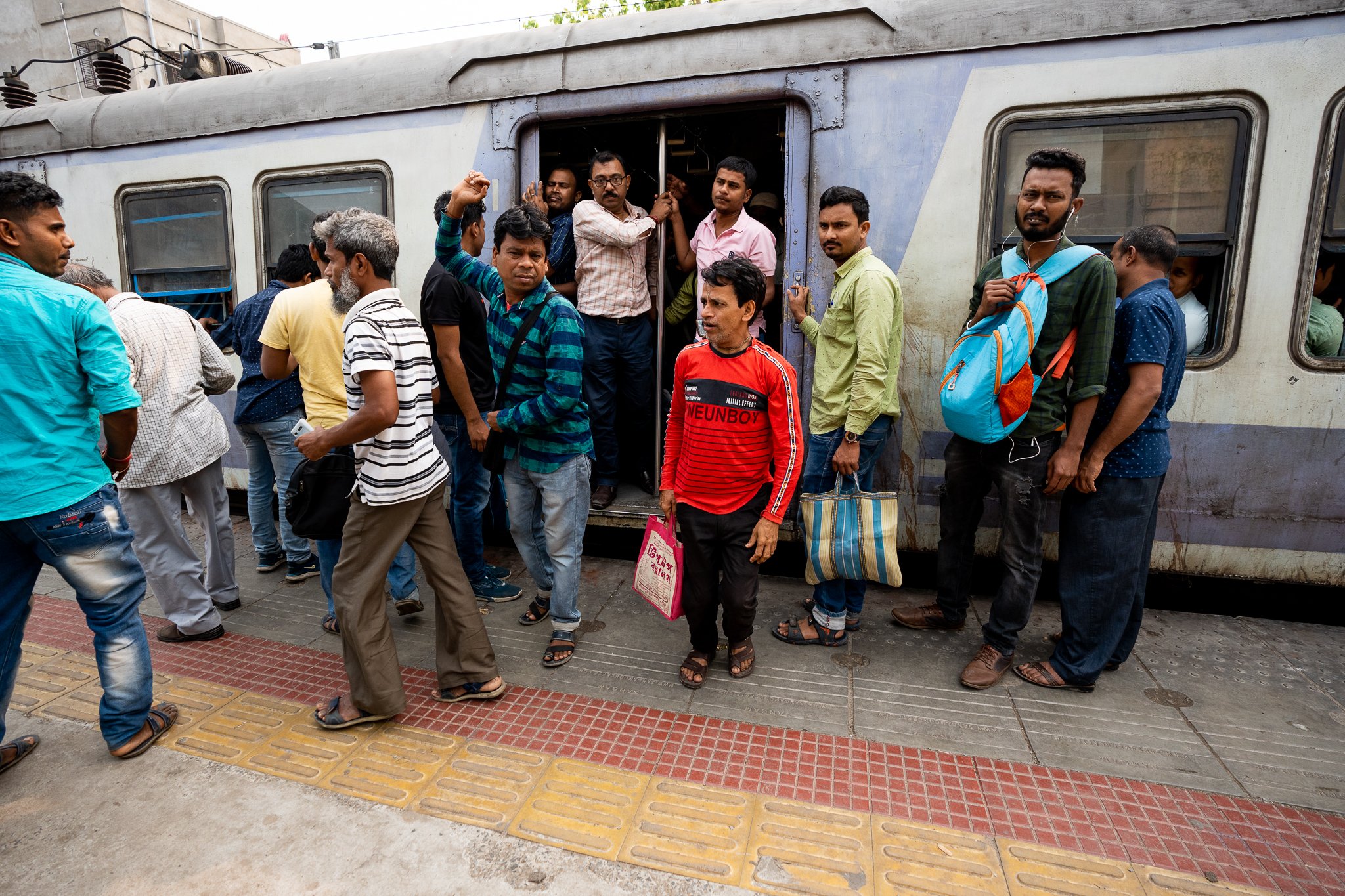
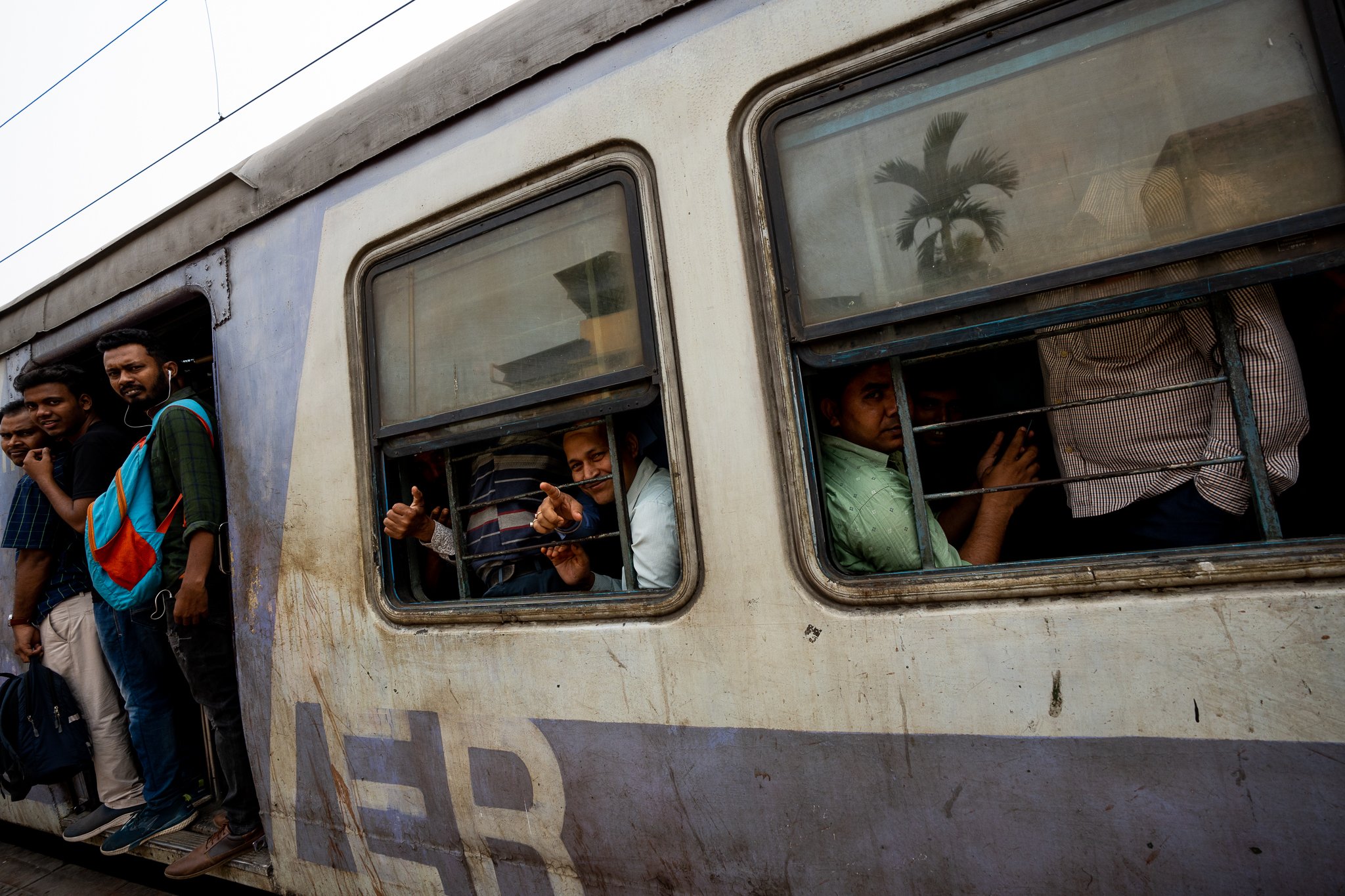
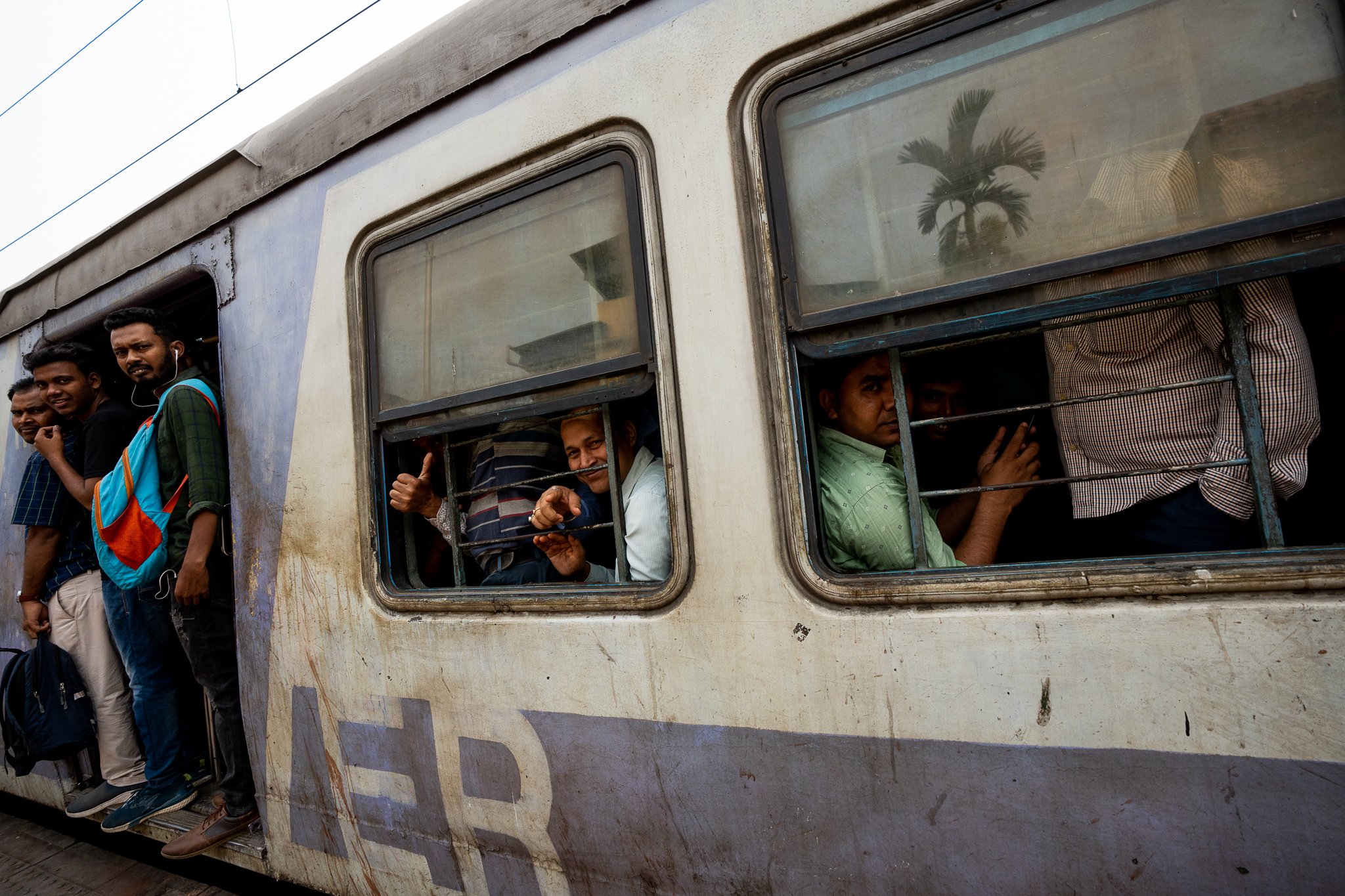
In India the problem of violence against women on convoys had reached such dimensions that in 2009, in addition to the dedicated carriages already present by law for two years, the then-new minister Mamata Banerjee had set up the Ledies Special, trains entirely prohibited to the men, who connected the suburbs to the city centers of New Delhi, Calcutta, Mumbai and Chennai.
